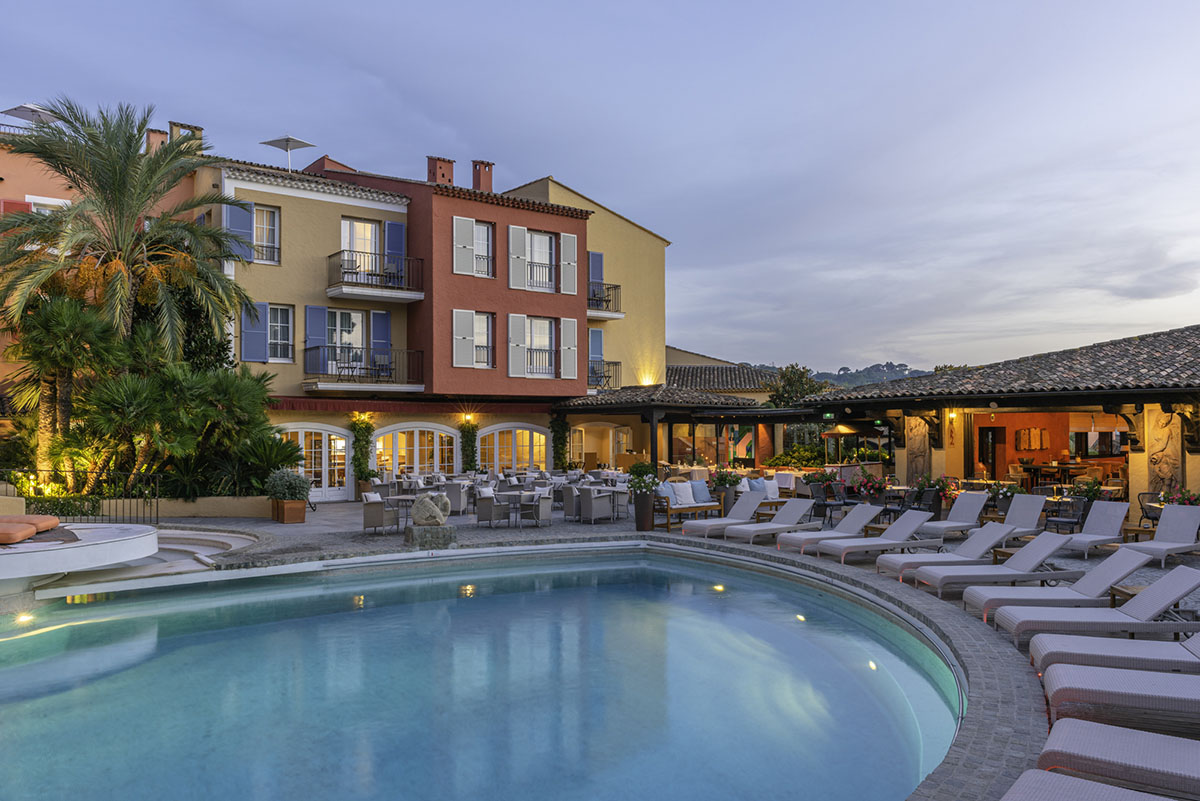
The iconic colourful terraces overlooking the pool at the Byblos Hotel
Antoine Chevanne is the owner of the legendary Byblos Hotel in St Tropez. Opening in 1967, the hotel is known for its exceptional service, hosting many of the greatest celebrities in the world and for having the most exclusive location in the area. Here Chevanne speaks to Candice Tucker about how the hotel has kept its status and its future plans to keep it’s iconic reputation as the ‘it place’ to stay in St Tropez
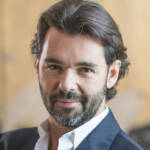
Antoine Chevanne
LUX: Has there been a consistent theme running throughout the ownership of the Byblos?
Antoine Chevanne: We continue to honour the same values and high standards that were originally instilled by my great grandfather, Sylvain Floirat. The impeccable service is our main consistent theme that has been running through our hotel for the past four generations alongside an incredible sense of loyalty and sincerity. Those values are shared by the staff, some of whom have been at the hotel for over thirty years now. From the beginning, we have wanted to preserve a comforting “family” element so that our guests feel at home, whilst still in tune with what is expected from a “Palace” hotel. With an unrivalled sense of hospitality and an unequalled attention to detail, Hotel Byblos highlights the very best in terms of French “art de vivre”.
LUX: How have the type of guests, staying at the Byblos, changed over the decades?
AC: We pride ourselves in offering a sense of warmth in our service which guests appreciate, and ultimately this is a big reason why we have such a high number of returning guests every year. Over the years, we have seen generations of guests coming back for our ultra-personalised service, with guests who came when they were younger, bringing their children and now their grandchildren. Same goes with our employees. Our guests love seeing them again every year. This is part of the “homely” and “family” feel I mentioned before. That’s partly what makes this hotel so special. And just like our guests, the hotel continuously evolves whilst still finding ways to cater to all generations.
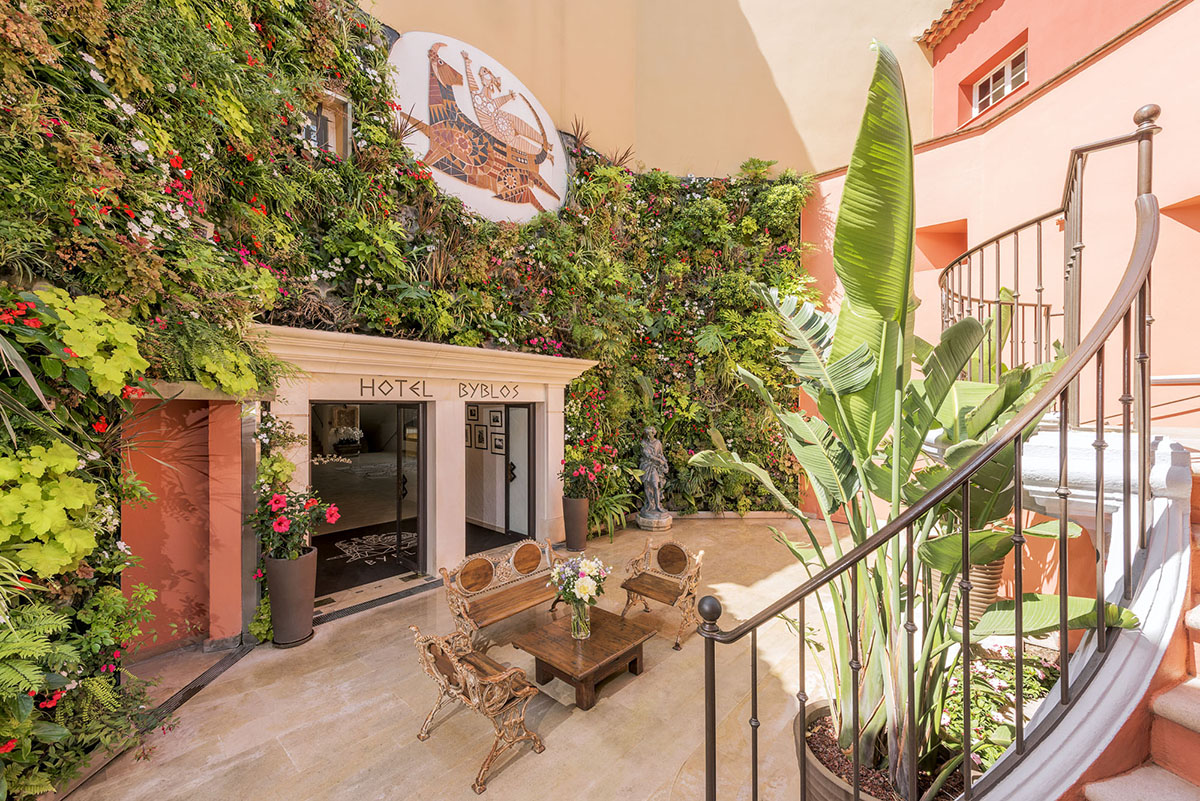
The entrance to the Byblos Hotel
LUX: How have guest demands changed since the hotel was founded by your great grandfather/
AC: My family has owned the Byblos since the beginning (1967), so we are uniquely placed to see how guests demands have changed over the years. Our guests’ lifestyle has changed exponentially in the last 50 years, with people wanting more flexibility when they come on holiday. This has been reflected in our services – such as longer opening times for breakfast so that guests still retain some freedom and don’t have strict timings imposed on them. We also have a large variety of food offerings (such as French gastronomy, Italian cuisine, tapas or even by the beach with Byblos Beach) so that guests have a wider selection to choose from. Having choices is a true luxury. When guests come to a Palace like the Byblos, they do not want to be constraint – in fact our hotel adapts to their lifestyle.
LUX: What makes the Byblos, the standout hotel in St Tropez?
AC: One of the key aspects that makes Hotel Byblos stand out is its unique heritage. Over the years, the hotel has remained far-removed from the flashy, ostentatious luxury of the grand hotels of the Riviera and continues to offer an oasis in St-Tropez for guests to escape to and relax under the ever-watchful eye of our attentive staff. It is a village within a village which offers high levels of gastronomy in an intimate and relaxed atmosphere while still keeping that sense of luxury intact. Our employees demonstrate daily their exceptional professional know-how, dedication and high-quality service to each and every guest while creating an atmosphere of pure contentment.
Another of our key standout aspects is the location of the hotel, right in the centre of St Tropez and just a stone’s throw away from La Place des Lices and the port.
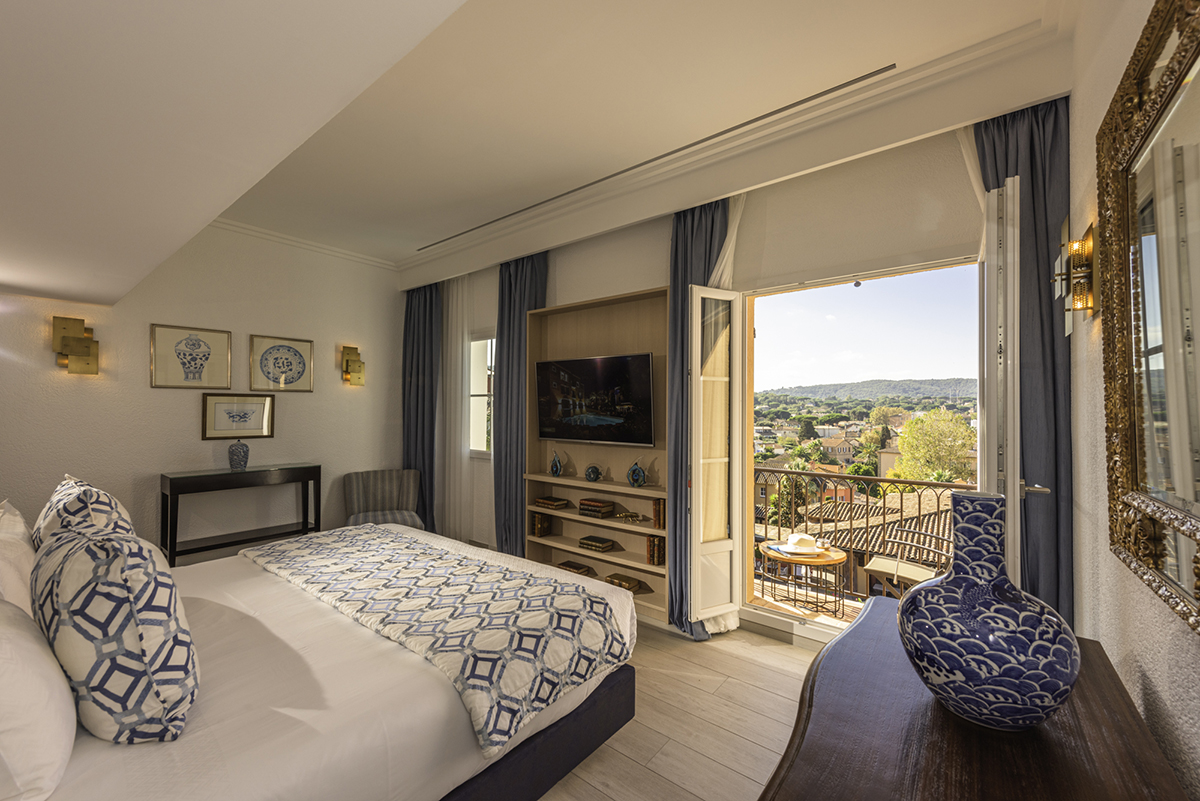
The Two bedroom Suite at the Byblos overlooking the hills of St Tropez
LUX: What has been your fondest memory of the hotel?
AC: There have been so many good memories that it is difficult to choose just one. The one that comes to the top of my mind is probably the extreme satisfaction of having been one of the first hotel’s on the Côte d’Azur to have received five stars in 2010 followed by the “Palace” recognition in 2012. It’s a huge reward to the whole team who have worked so hard over the years to make the hotel what it is today. This achievement is even more rewarding when you remember that we are independent hoteliers and we do not belong to any big international group. To put it simply, we are a French family who – with a great team – managed to build the Byblos’ status over the years.
On a more personal note, I cherish a lot of memories based on some of the unique encounters I have had over the years: from Lionel Richie to Bruce Willis, as well as Naomi Campbell and Quincy Jones. We’ve also had incredible concerts by the pool such as Joe Cocker, Roger Hodson from Supertramp and Niles Rogers.
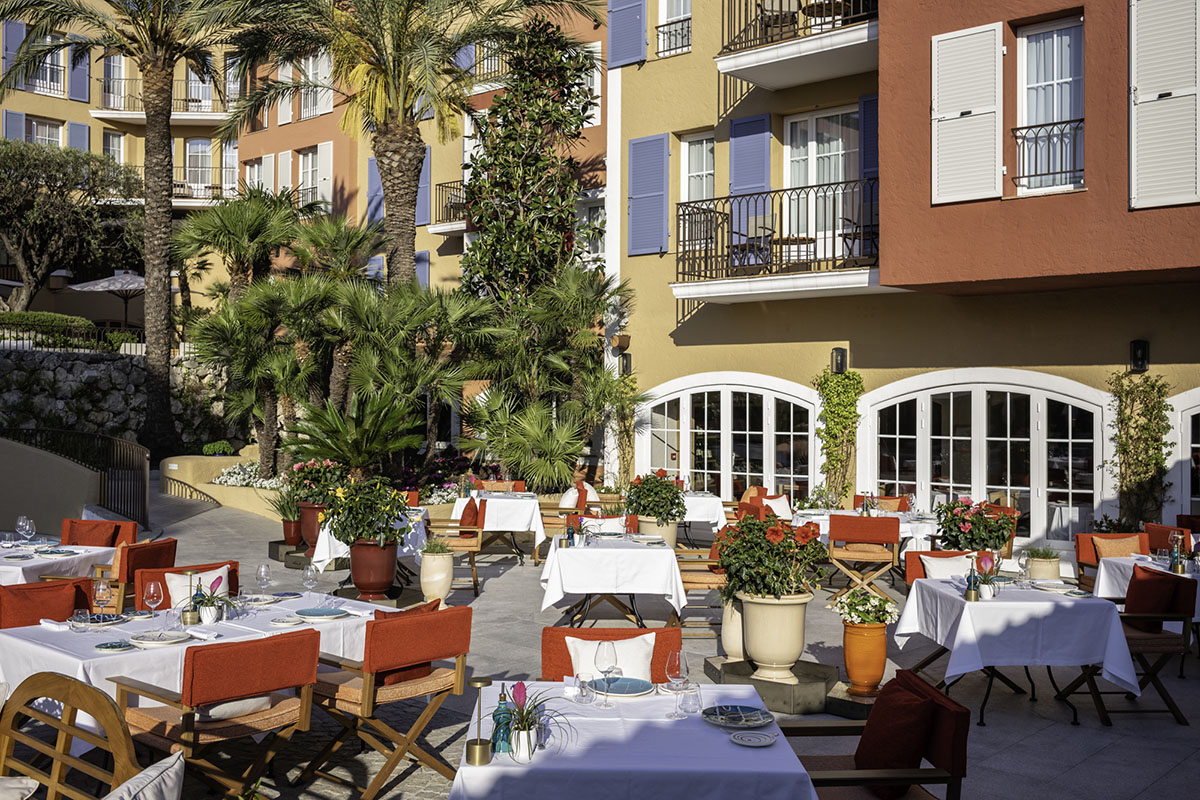
Restaurant Arcadia
LUX: What has been the most surprising aspect of running the hotel?
AC: The most surprising aspect of running a hotel is discovering the true nature of mankind: this encompasses both good and bad surprises though. You learn a lot about yourself at the same time. You have to learn to stay in your lane, to not be judgemental no matter what happens and find a solution. When you’re in charge of a hotel as unique as the Byblos, nothing can prepare you to live such an experience. Why? Because our clientele is different. They have seen everything, experienced everything, and they want more novelty. This means that we are constantly reinventing ourselves whilst still remaining true to our DNA. This is why I often tell people that if they have worked at least two years at the Byblos, they can easily work anywhere in the world.
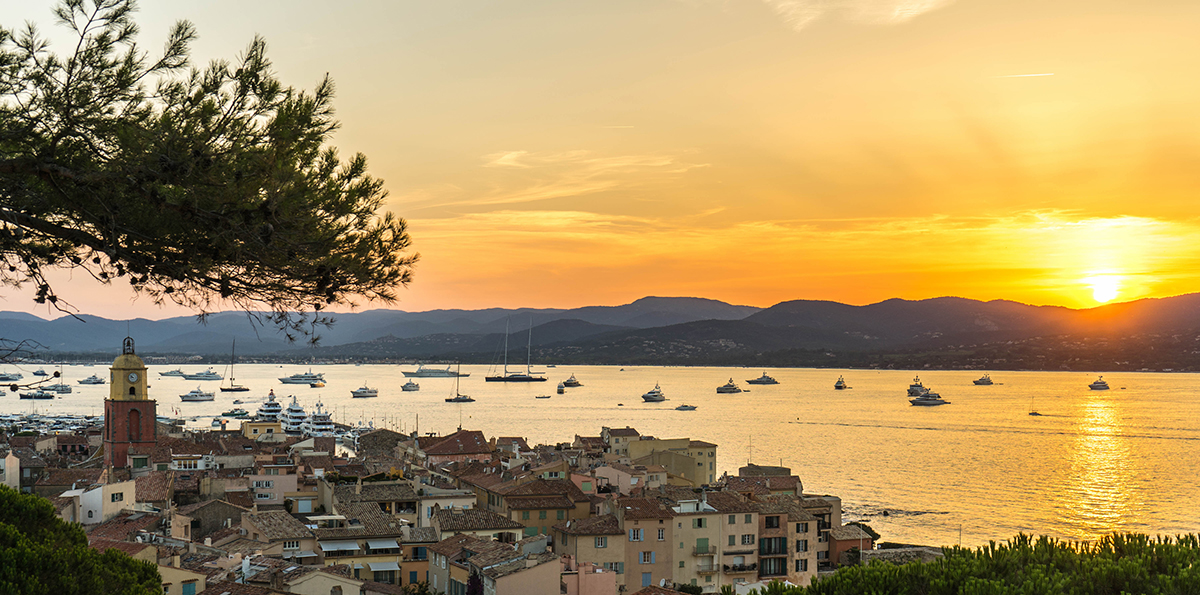
St Tropez
LUX: Why has St Tropez retained its special reputation as one of the leading summer destinations?
AC: There’s so much to discover in Provence, especially in St Tropez. We are surrounded by beautiful landscapes, views, forests, lakes and coasts. St Tropez also has a great connection with art, culture and traditions qualities that are equally reflected in the hotel. It has retained over the years an authentic character thanks to its origins as a fishing village while keeping a charming aesthetic thanks to the old, winding streets and daily Provencal markets. Many artists during the 19th and 20th century came to St-Tropez to find inspiration and contributed to the growth and popularity of the destination. The well-known summer parties are also one of the many reasons St-Tropez has a reputation as a leading summer destination. However St Tropez managed to combine this with exceptional service and a large variety of diverse dining concepts which sets it apart from other summer destinations like Mykonos or Ibiza.
St-Tropez merges the old with the new, authenticity with glamour, and offers something for every generation.
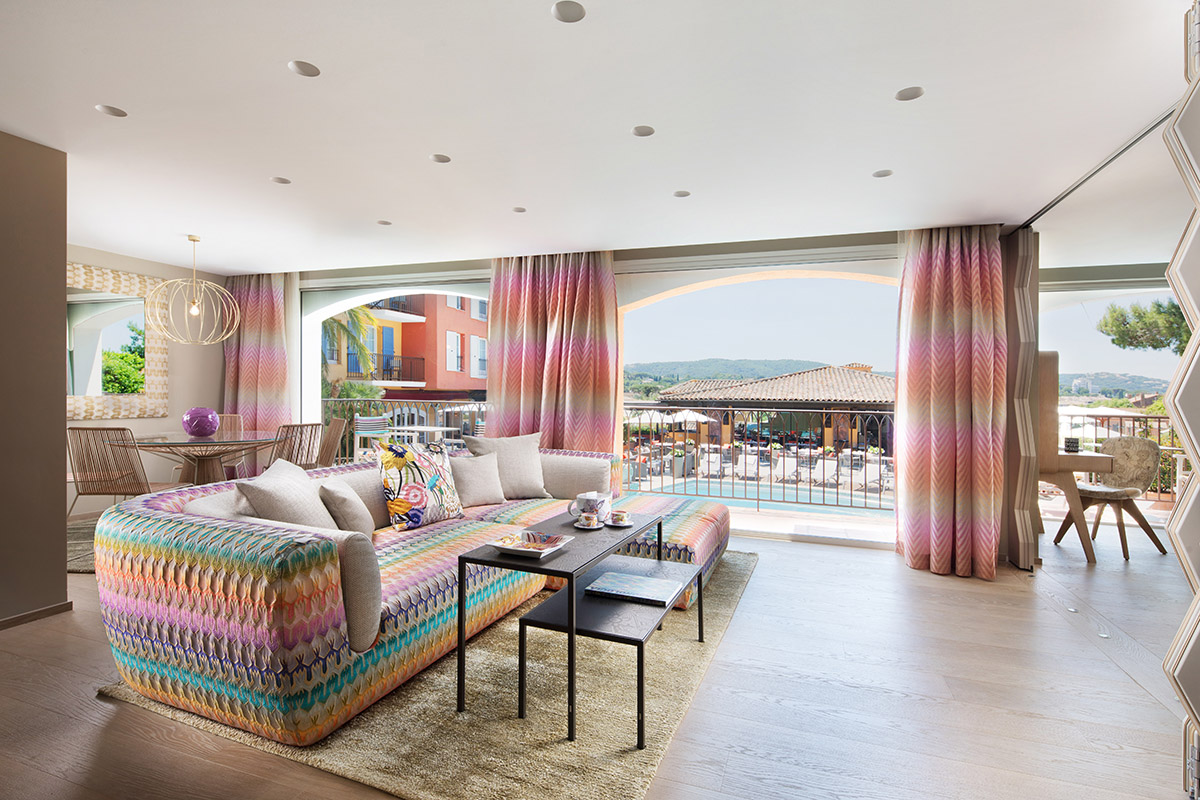
The Missoni Suite
LUX: Where is your favourite secret place to visit in the Côte d’Azur?
AC: I don’t wish to reveal too much about my favourite place as it wouldn’t be a secret anymore! There is however a little cove along the Côte d’Azur, close to St Tropez which is beautiful when the sun rises…
LUX: What do you think will be the next big trend in the hospitality industry?
AC: The next trend is something I’ve been working on for years which can now be revealed. We live in a world that is constantly connected, where we are travelling and performing at a high level. Having time for oneself has become a luxury. Being able to reconnect with oneself and with others is what will guide our industry in the future. We have just started on this journey with the new version of the Sisley Spa.
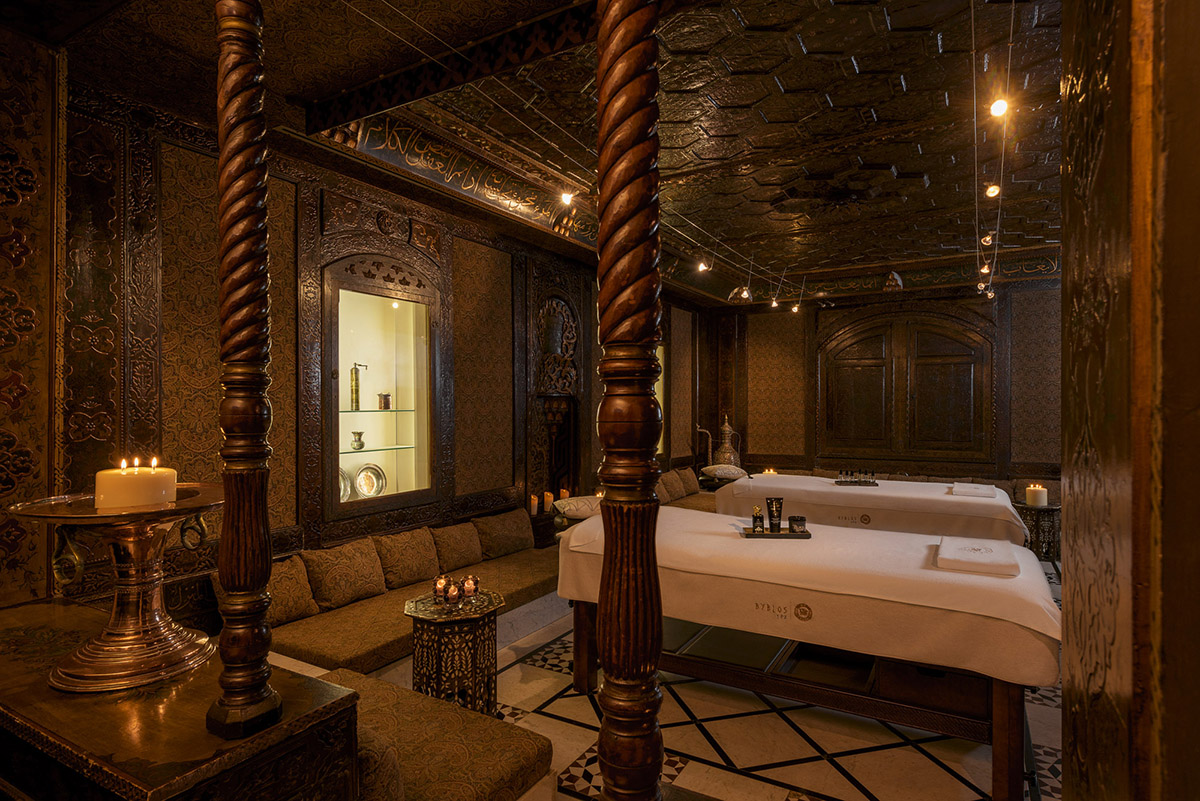
The Lebanese room in the new Sisley spa
LUX: How does the Byblos meet the increasing demand for environmental responsibility?
AC: Hotel Byblos, alongside all Groupe Floirat properties, is part of an eco-friendly movement that respects the surrounding environment of each hotel. We are wholly committed to a programme of sustainable development and over the last year have implemented a sustainable development charter. The charter is founded upon five key commitments with the goal to reduce all three hotel’s environmental impact in various means. These commitments comprise of: waste and used product management, integrated water resources management, optimum energy consumption, socially oriented initiatives and the enhancement of local economy.
With our Executive Chef Nicola Canuti, we also worked on increasing our sustainable offering in our kitchen and through our food. Chef Canuti is passionate about Mediterranean food and aims to offer our guests local and highly qualitative products that he cares about. To hold to his promise, the hotel features a 300sqm vegetable garden that offers the best of Mediterranean fruits, vegetables and aromatic herbs. We also produce our own honey, served at breakfast from our very own beehives.
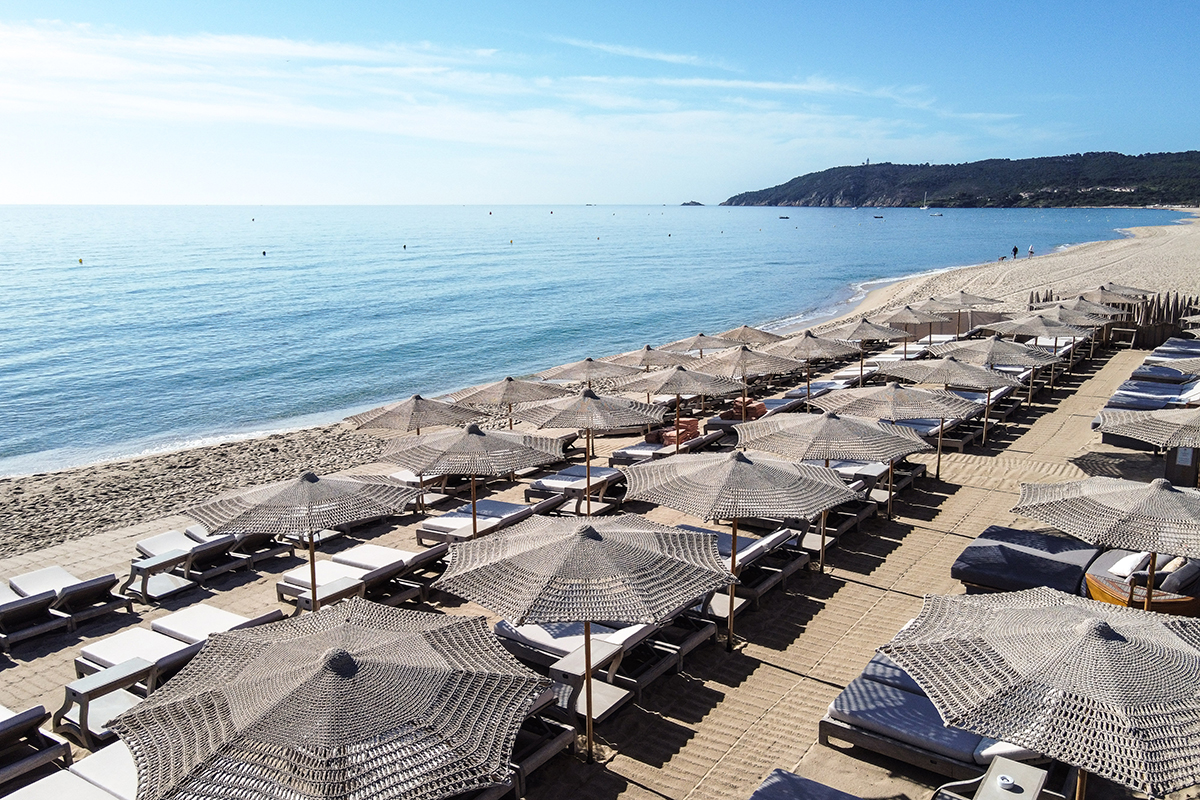
Byblos Beach
Our environmental responsibility is also to protect the natural beauty of St Tropez and its region. With our beach, Byblos Beach Ramatuelle, we worked on ensuring as little impact as possible was made on the coastline in an effort to preserve our environment. The Byblos Beach Ramatuelle has a strict “no plastic” policy and the entire structure can be dismantled at will, being made of 100% wood, meaning the beach can regenerate during the winter months.. Water and electricity consumption is eco-oriented.
LUX: If you could give one piece of advice to a prospective hotelier what would it be?
AC: To know your guests, what they want and anticipate their needs. This is ‘key’ in producing and offering the best product!
LUX: Why do you think your regular clients return again and again?
AC: We believe that luxury means being able to provide our guests with a level of convenience and attention to detail that enables them to find the time they need for themselves. Through our service and staff, we offer exclusive guest experiences that reflect the spirit of Groupe Floirat and its legacy.
Find out more: byblos.com
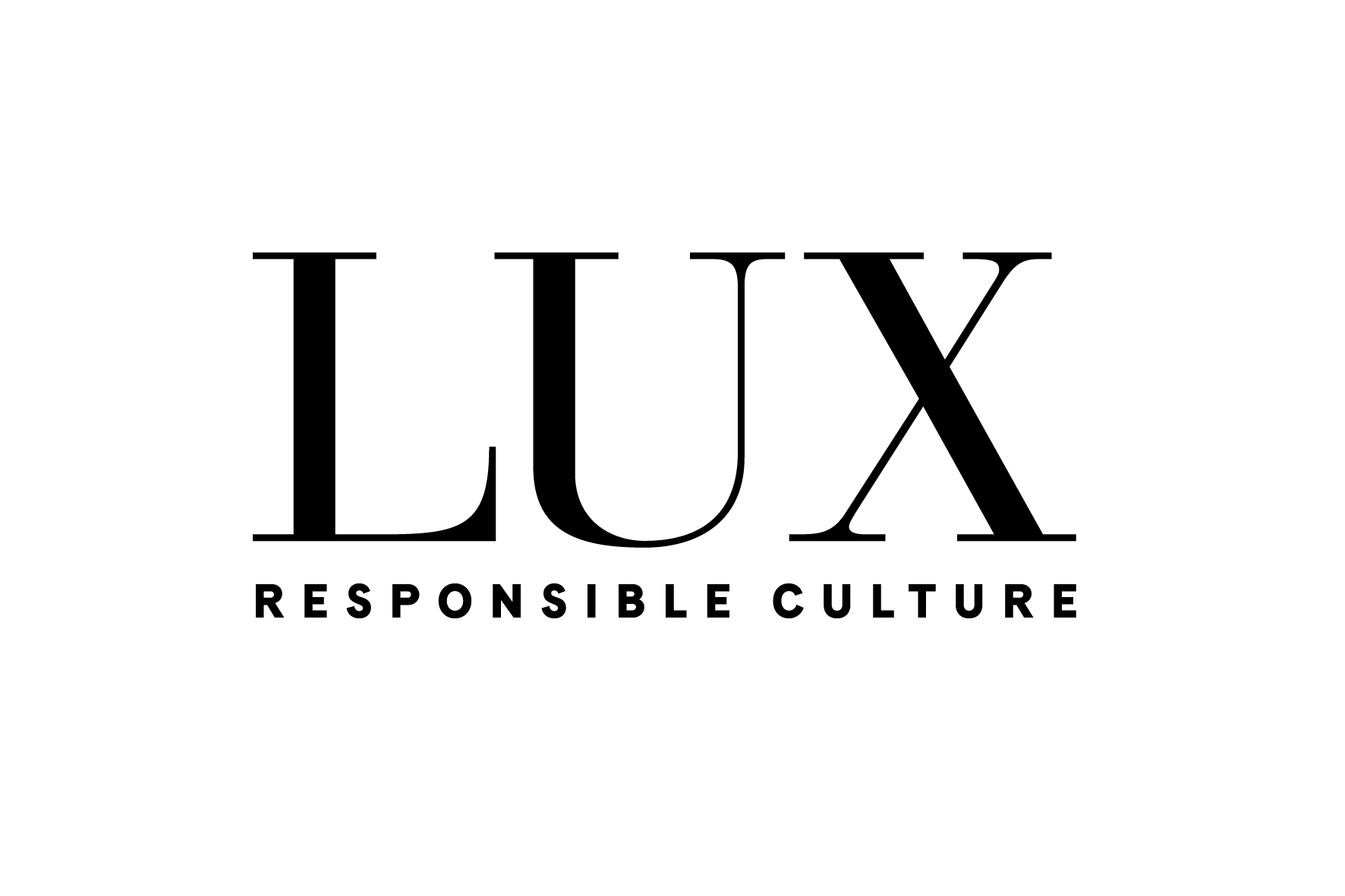




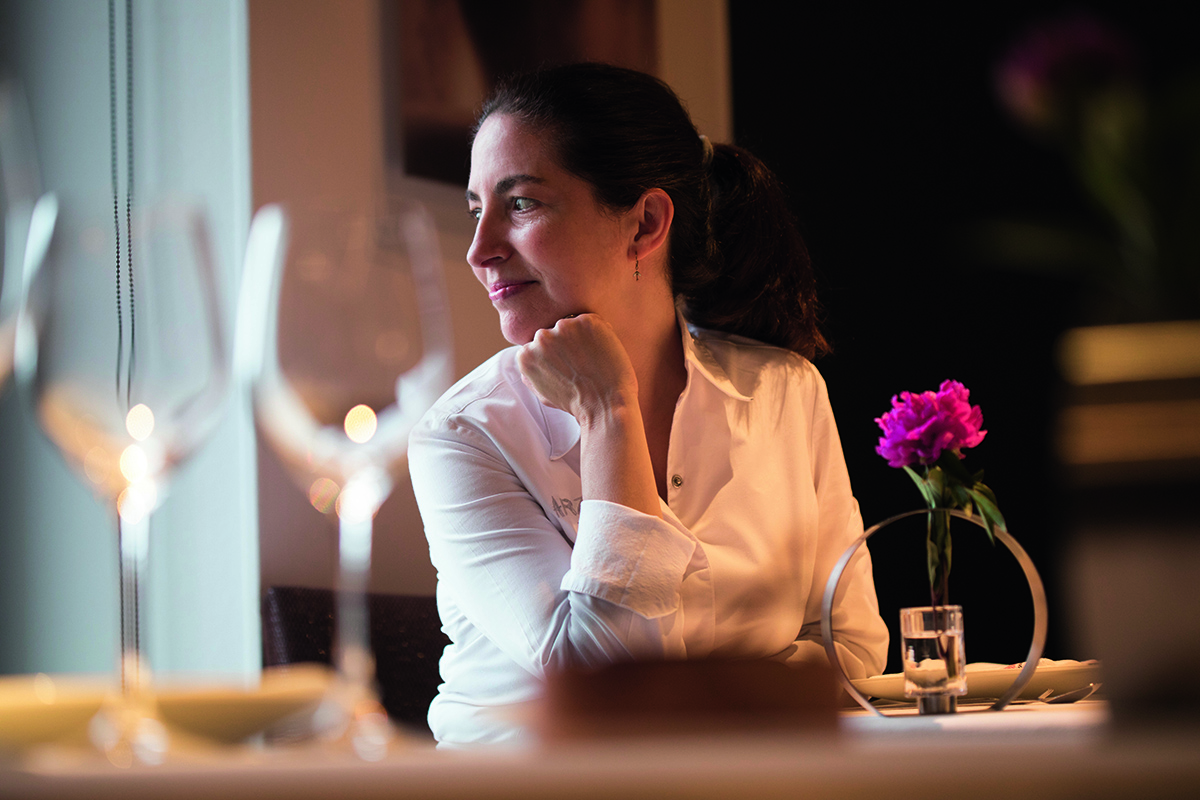
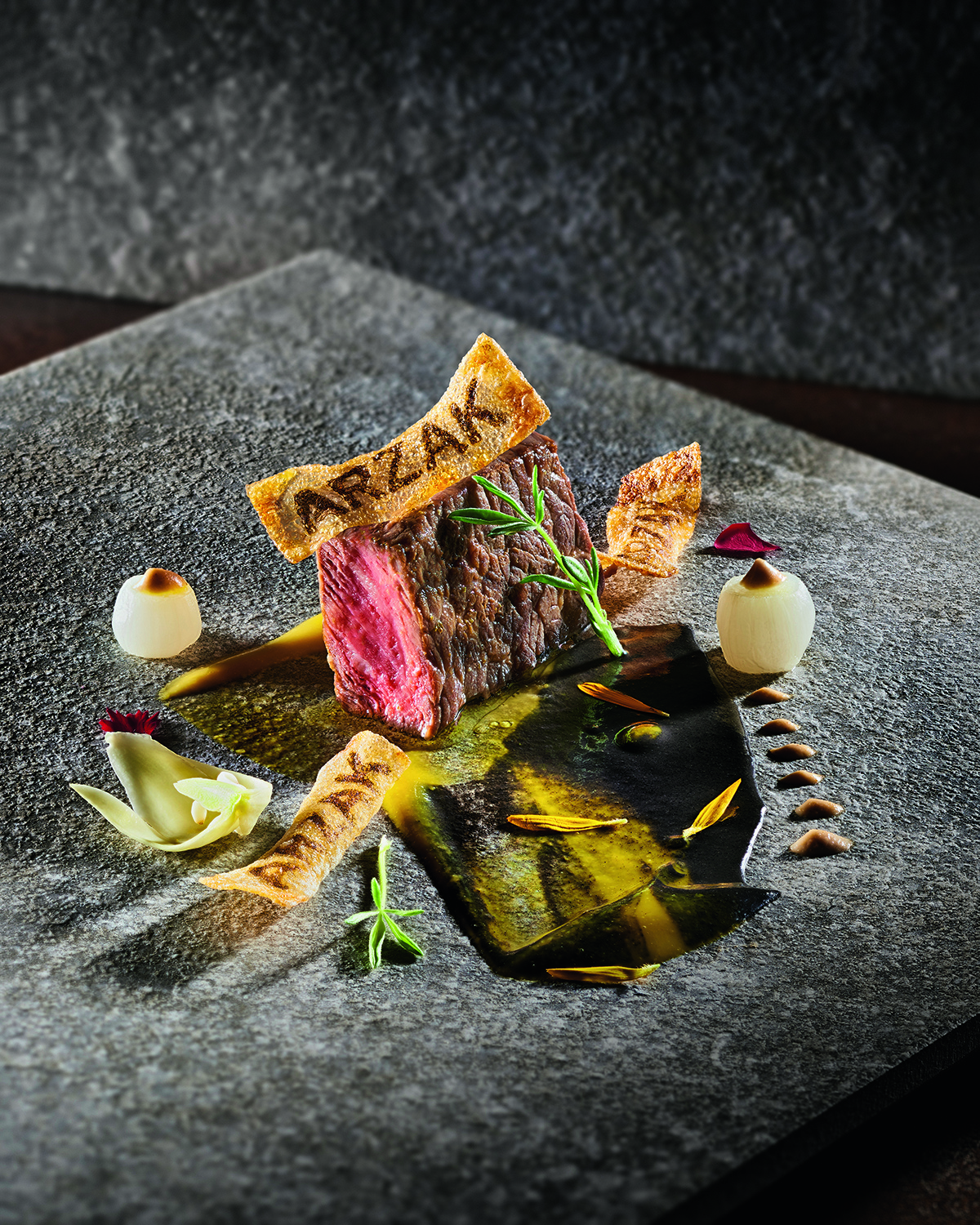
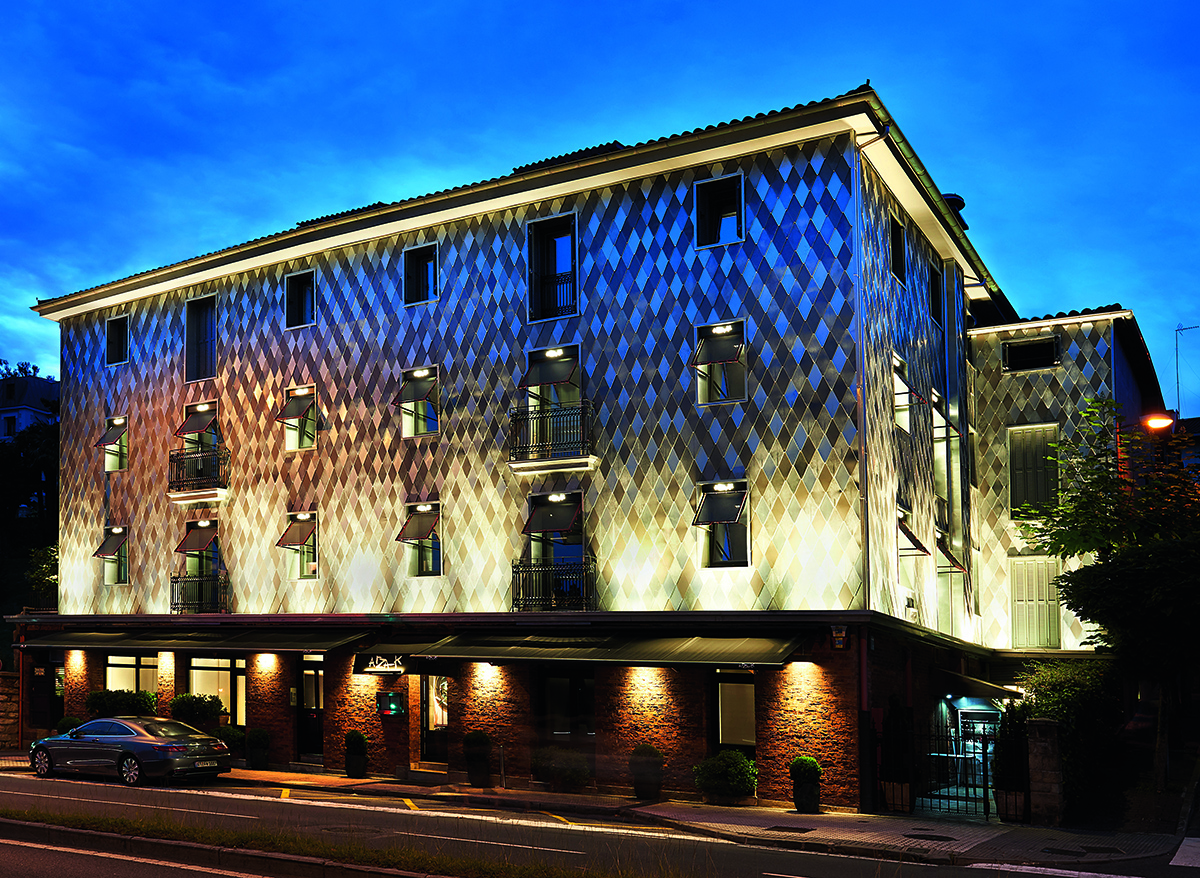
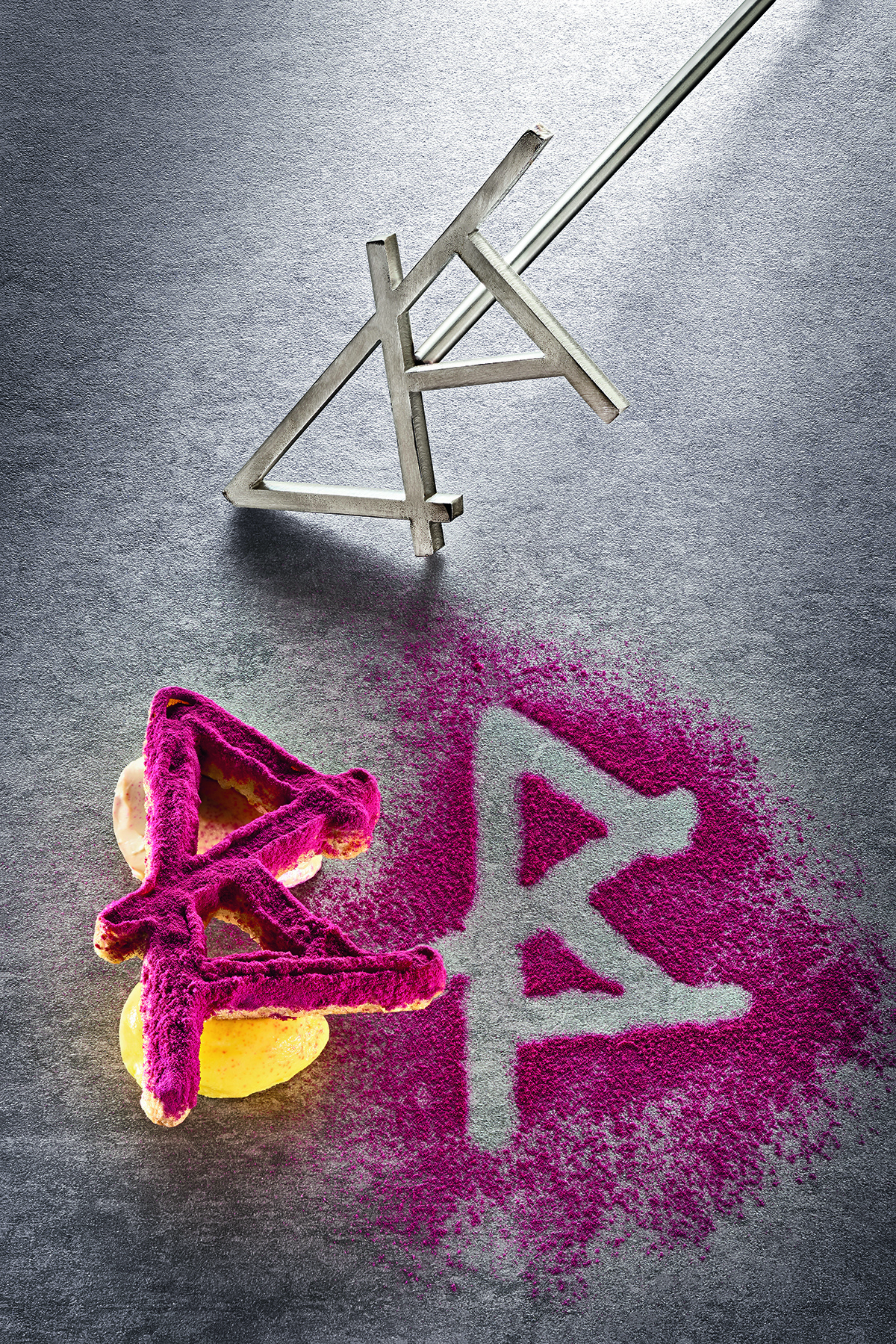
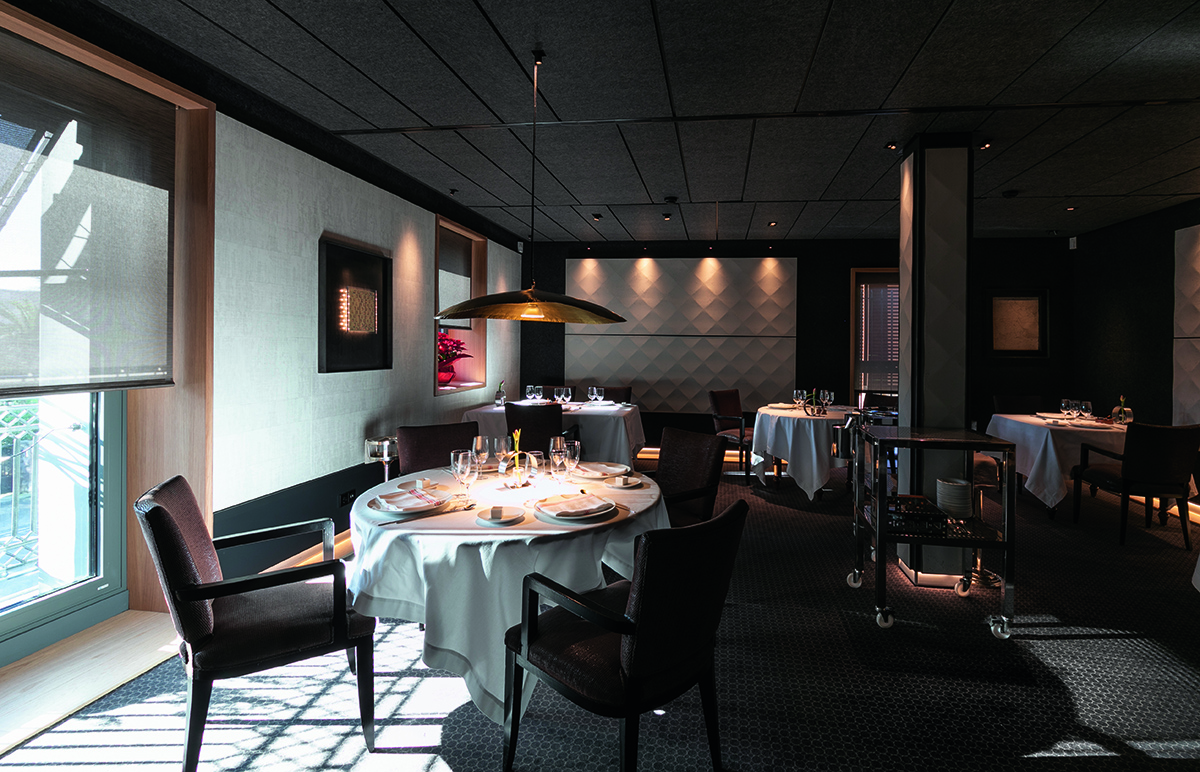



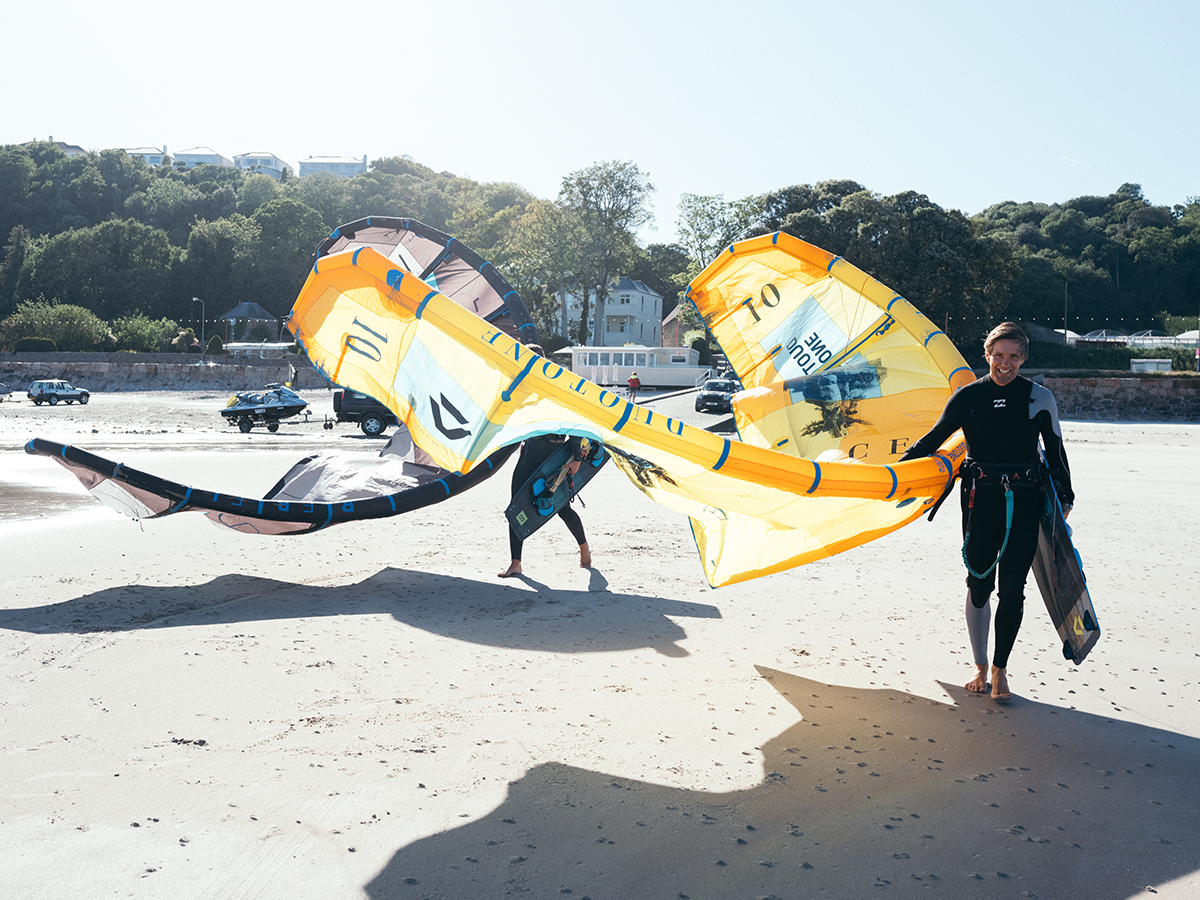
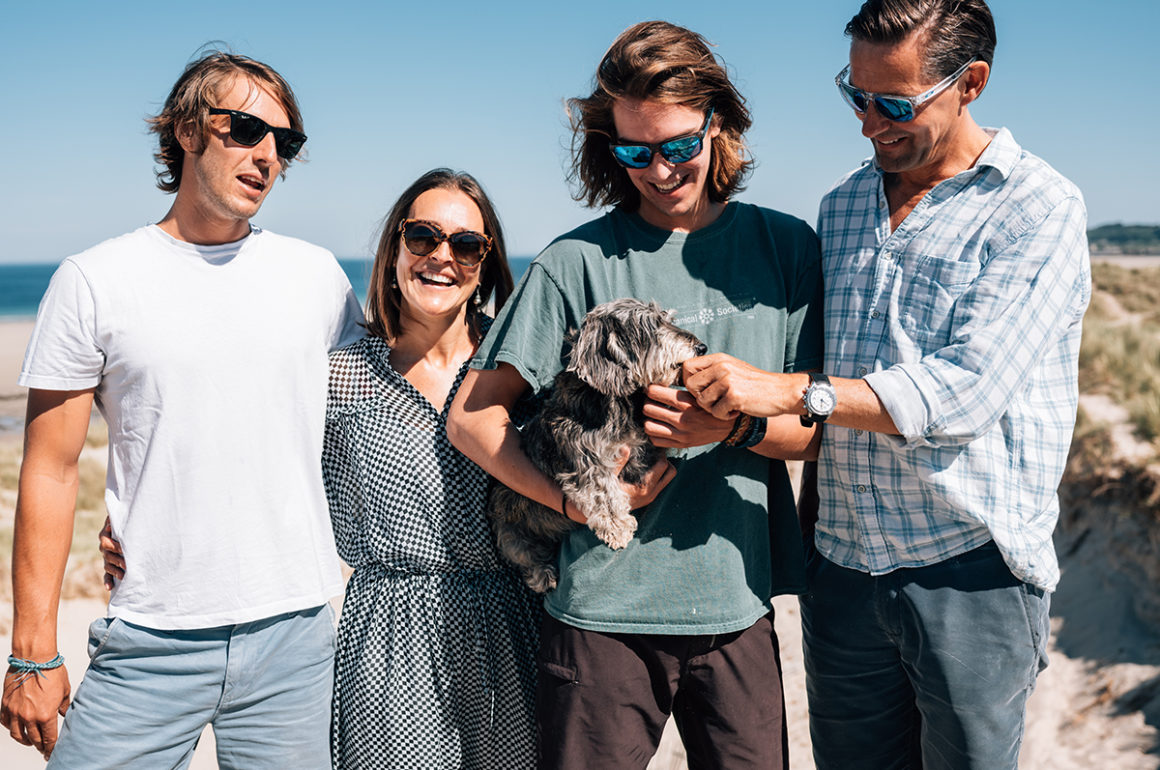
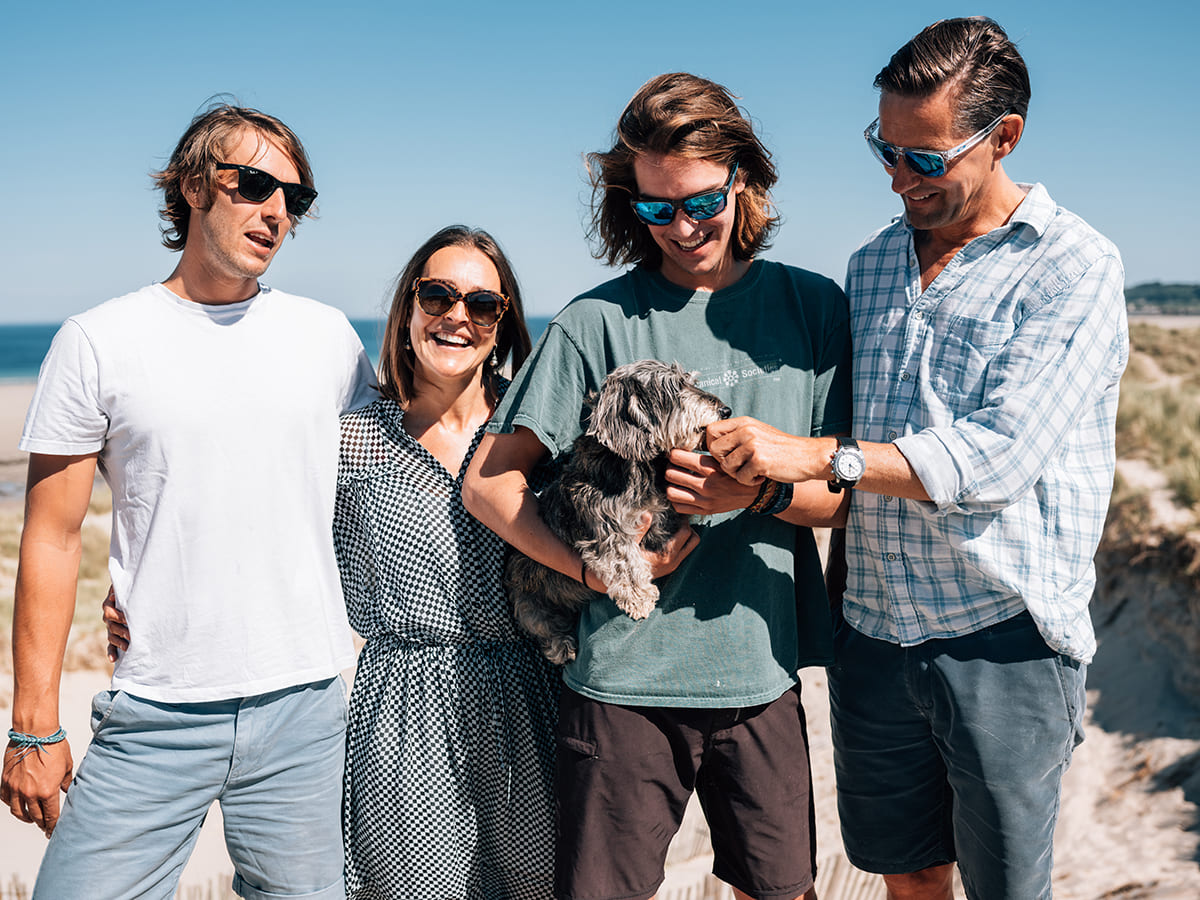
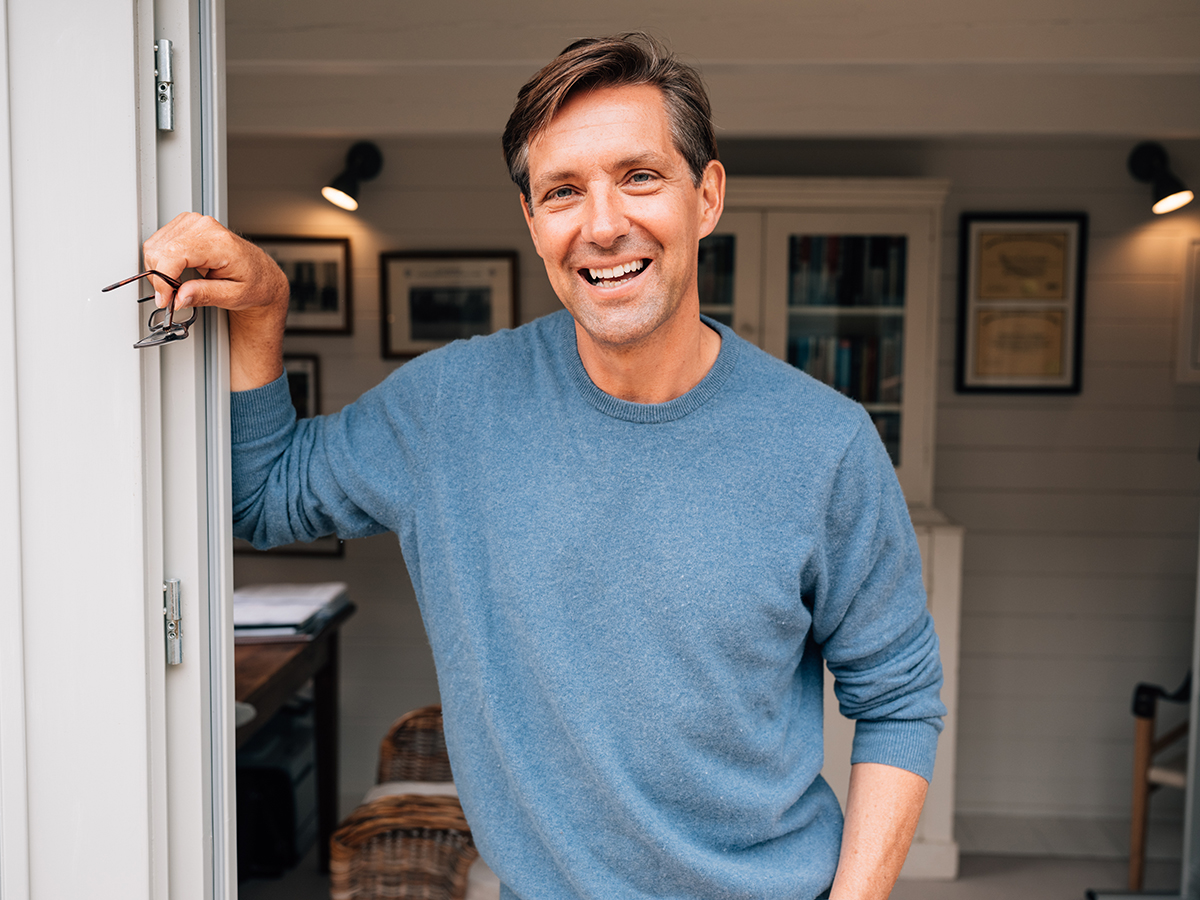
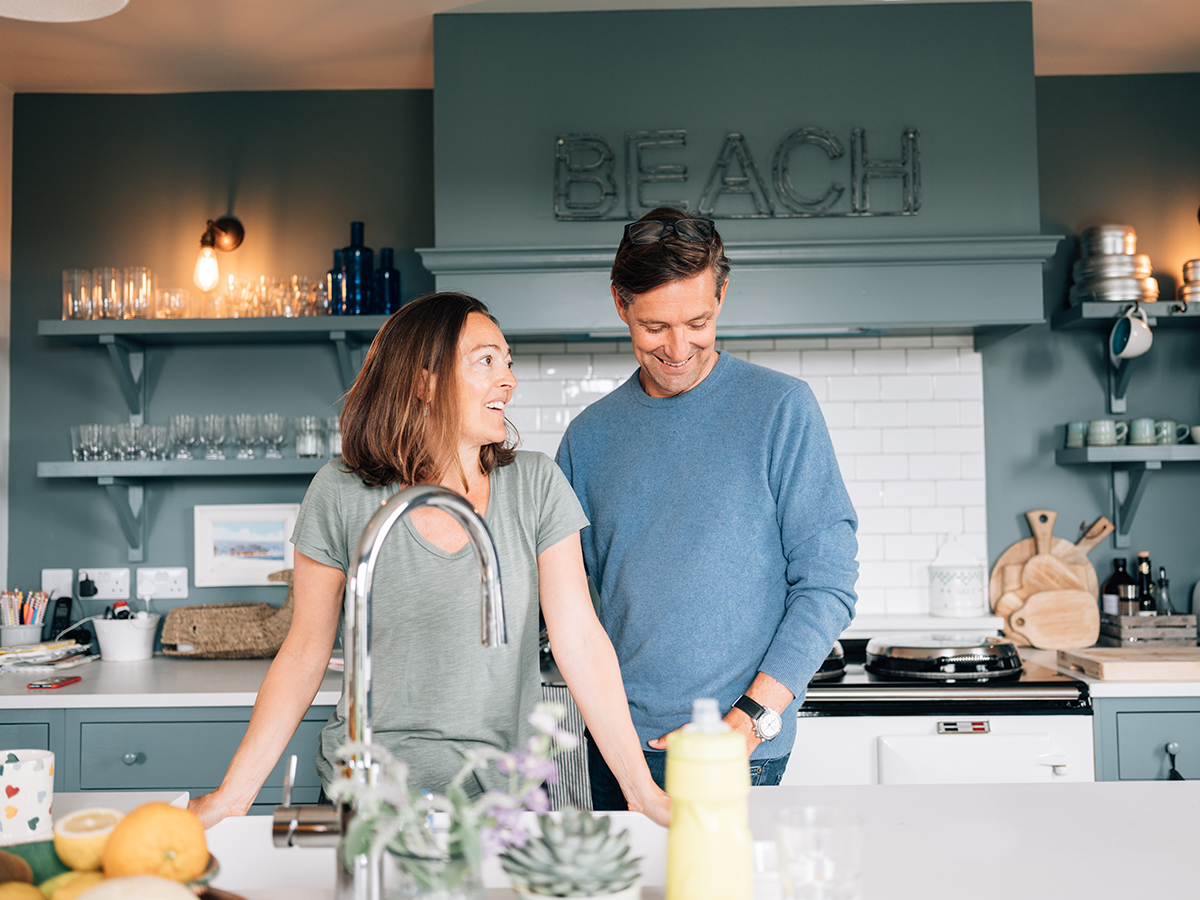
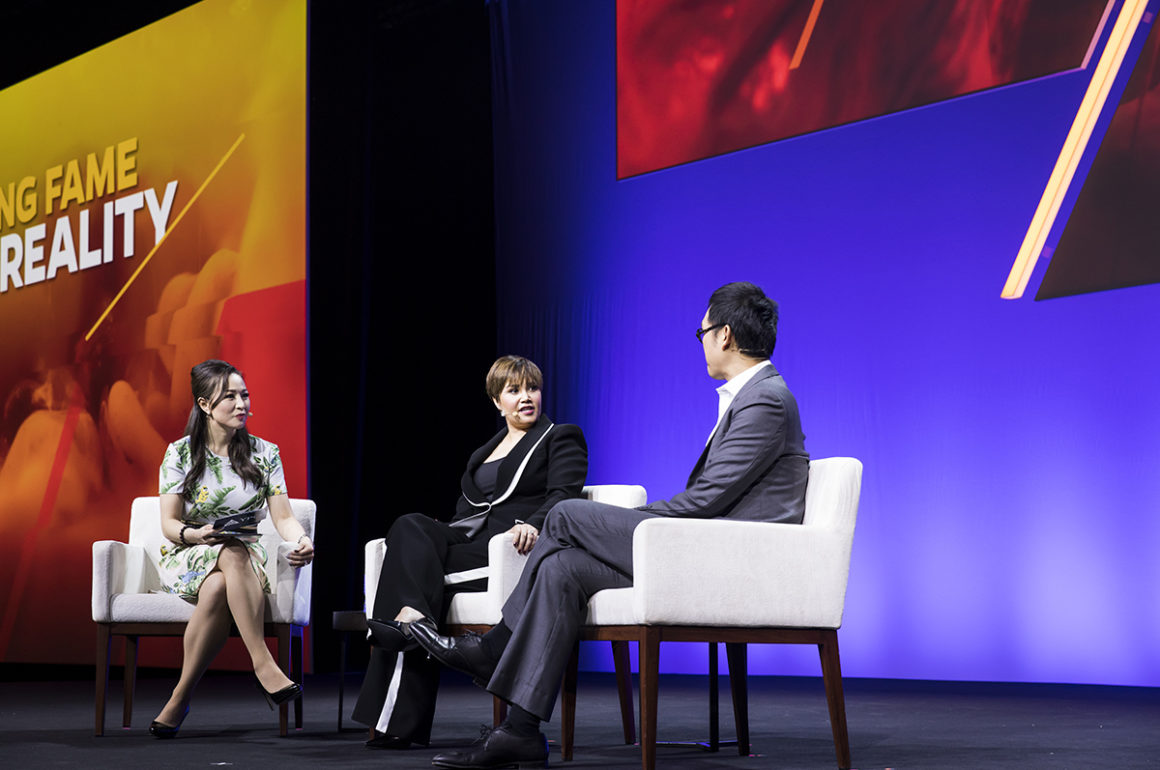
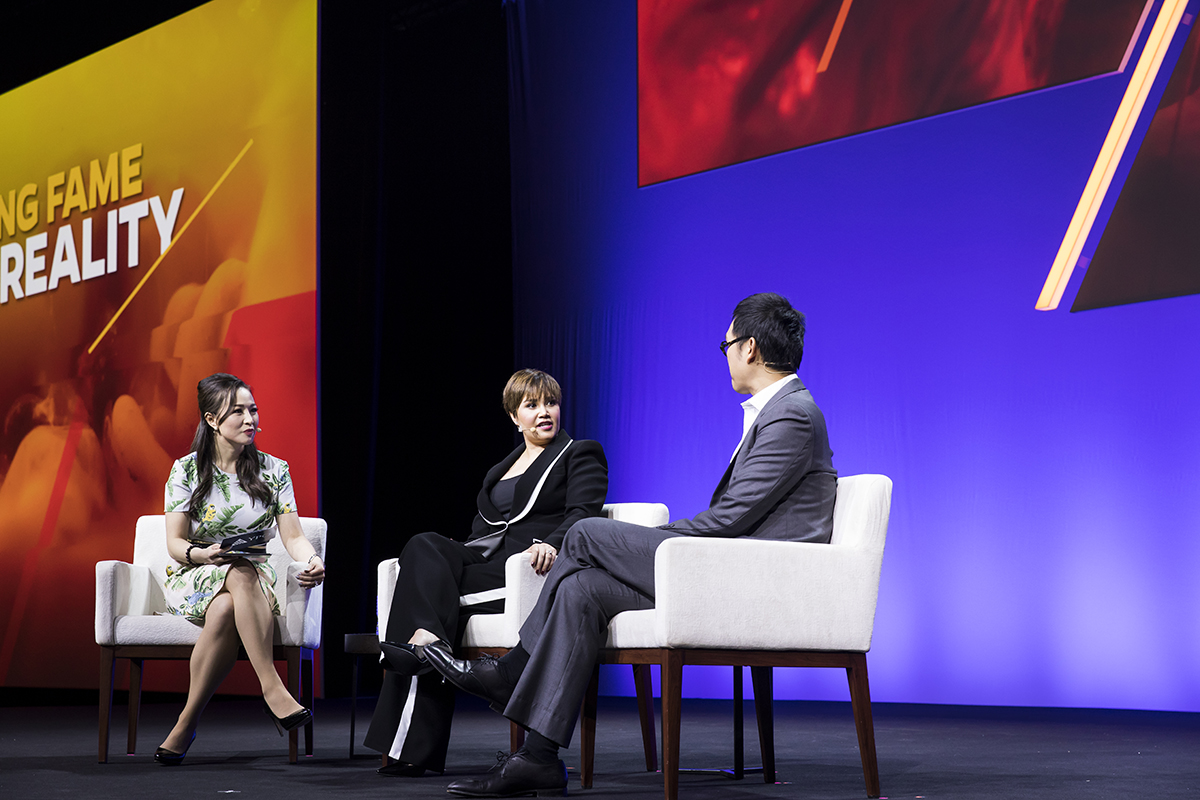

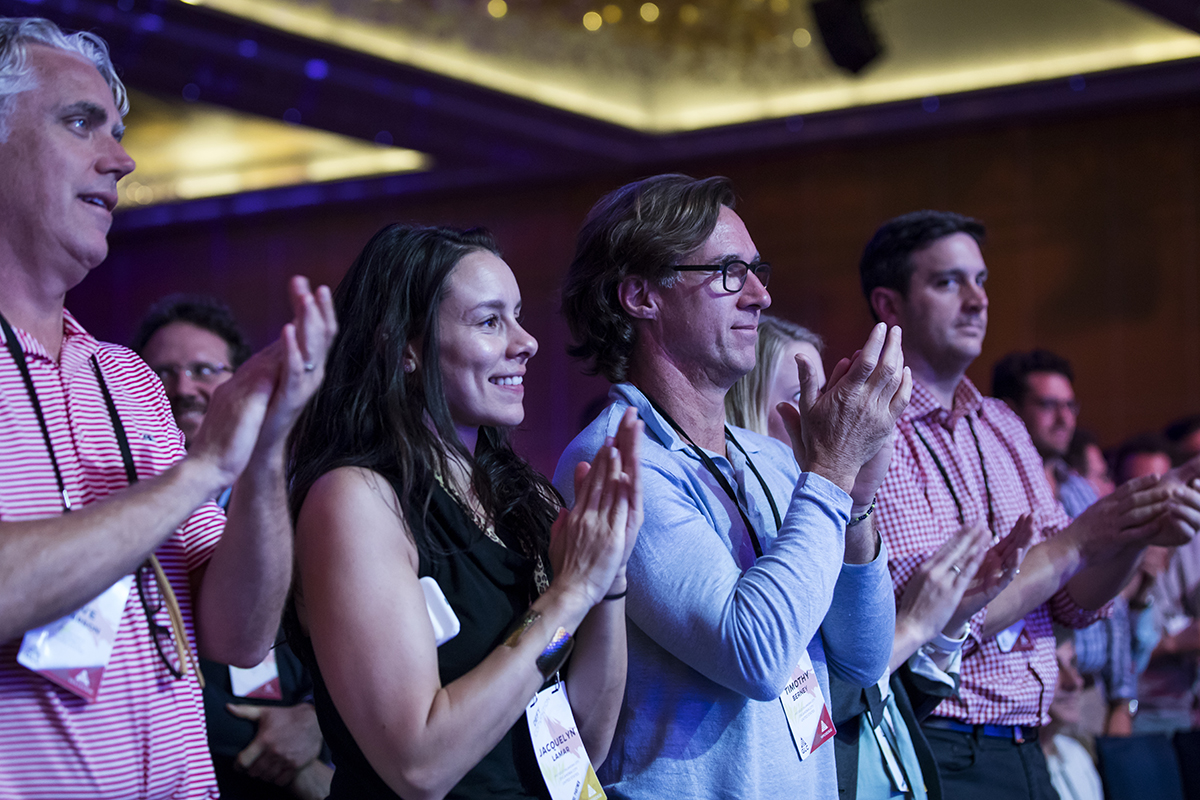


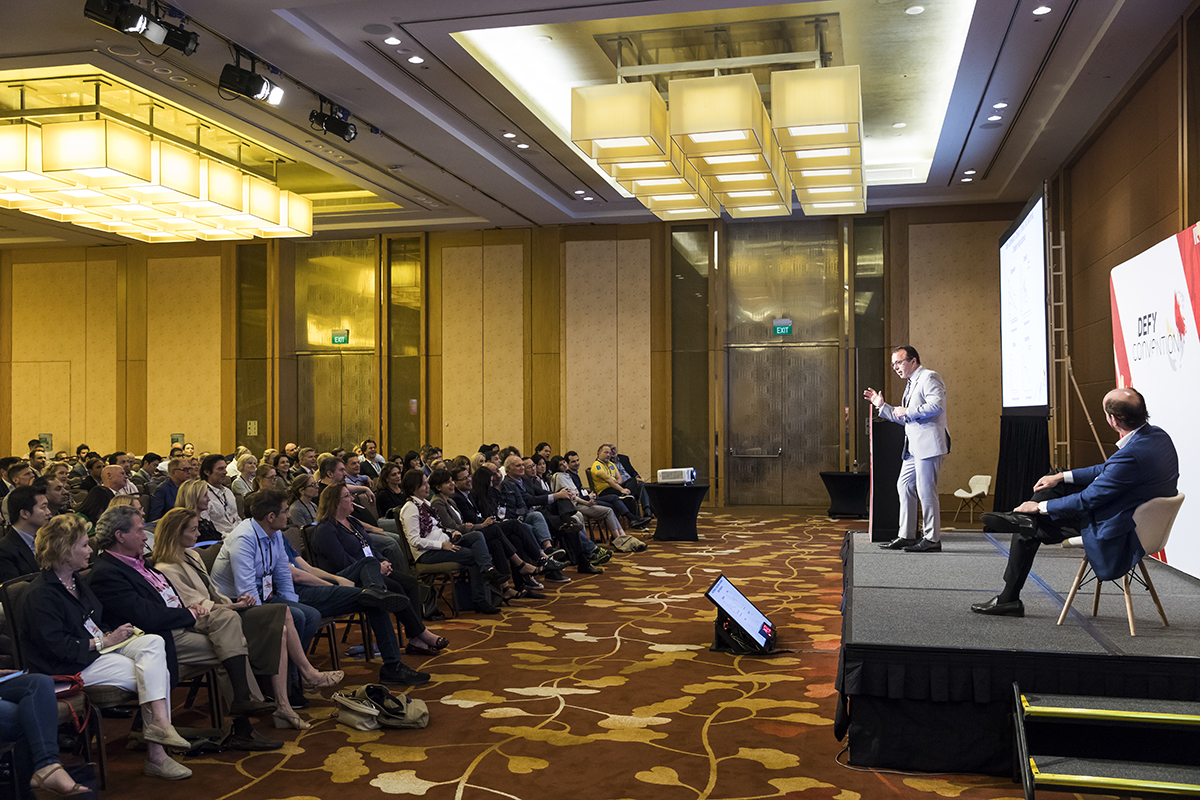


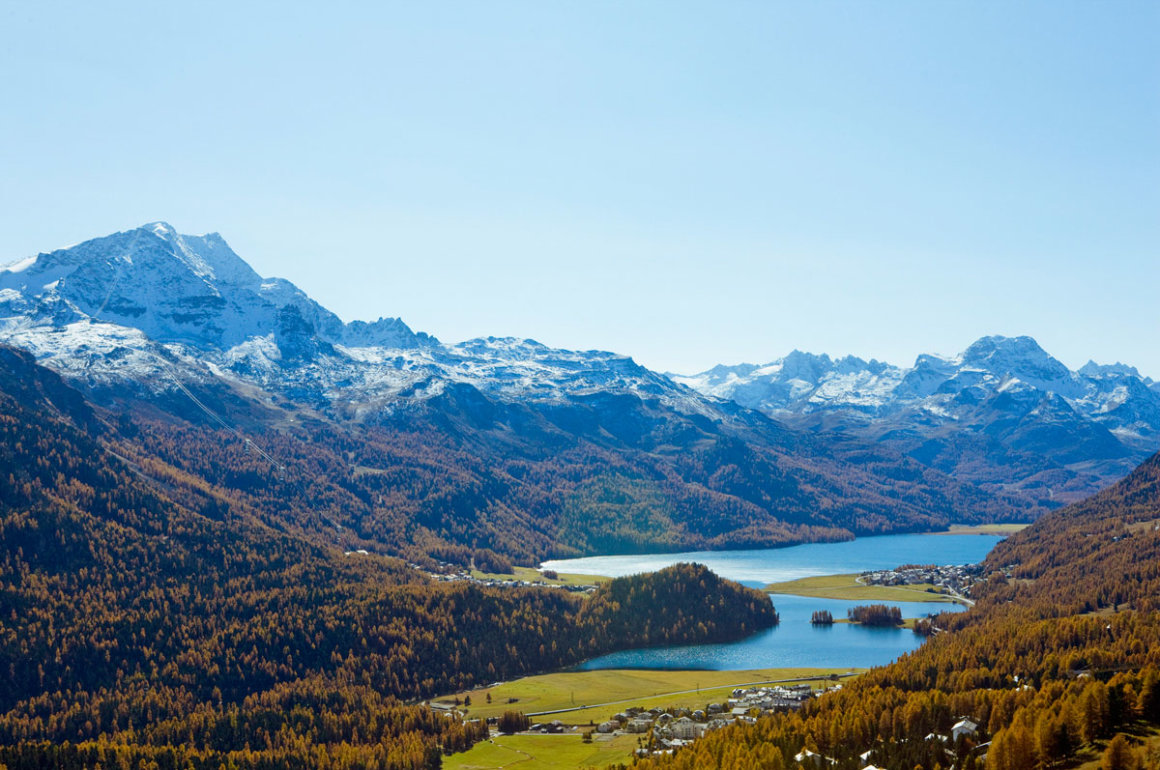
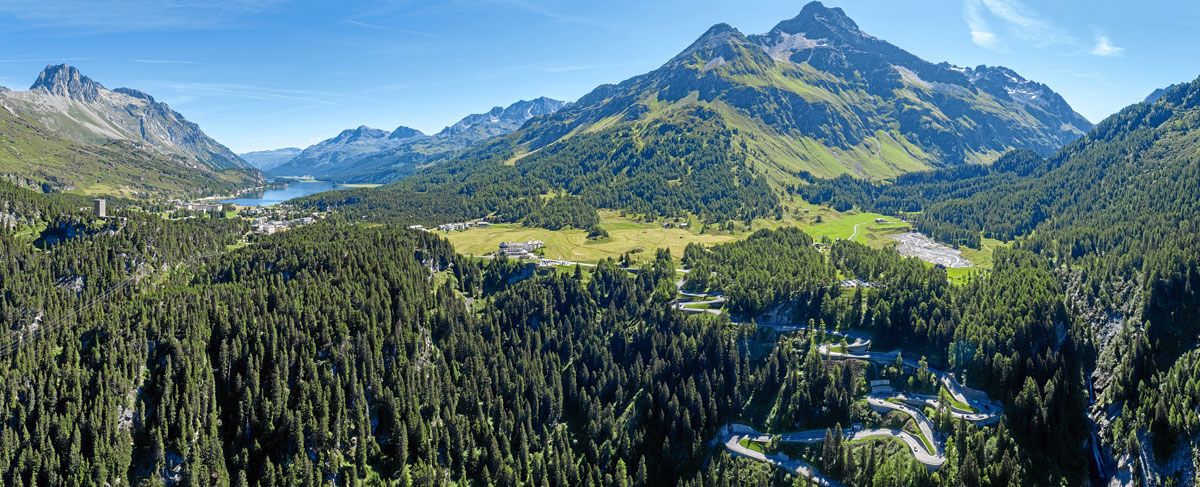


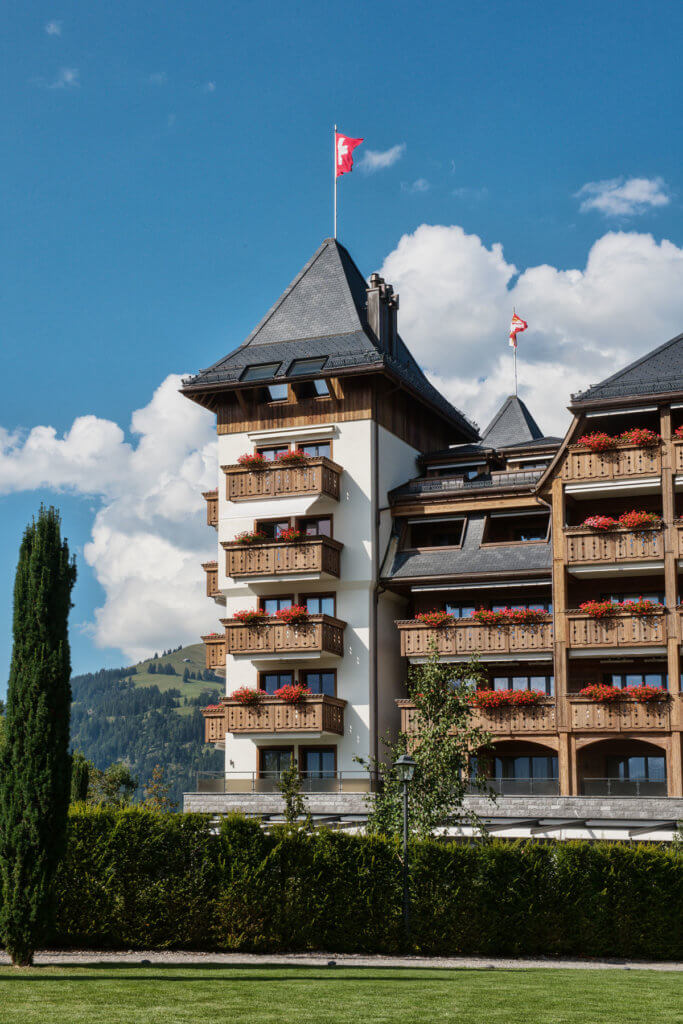


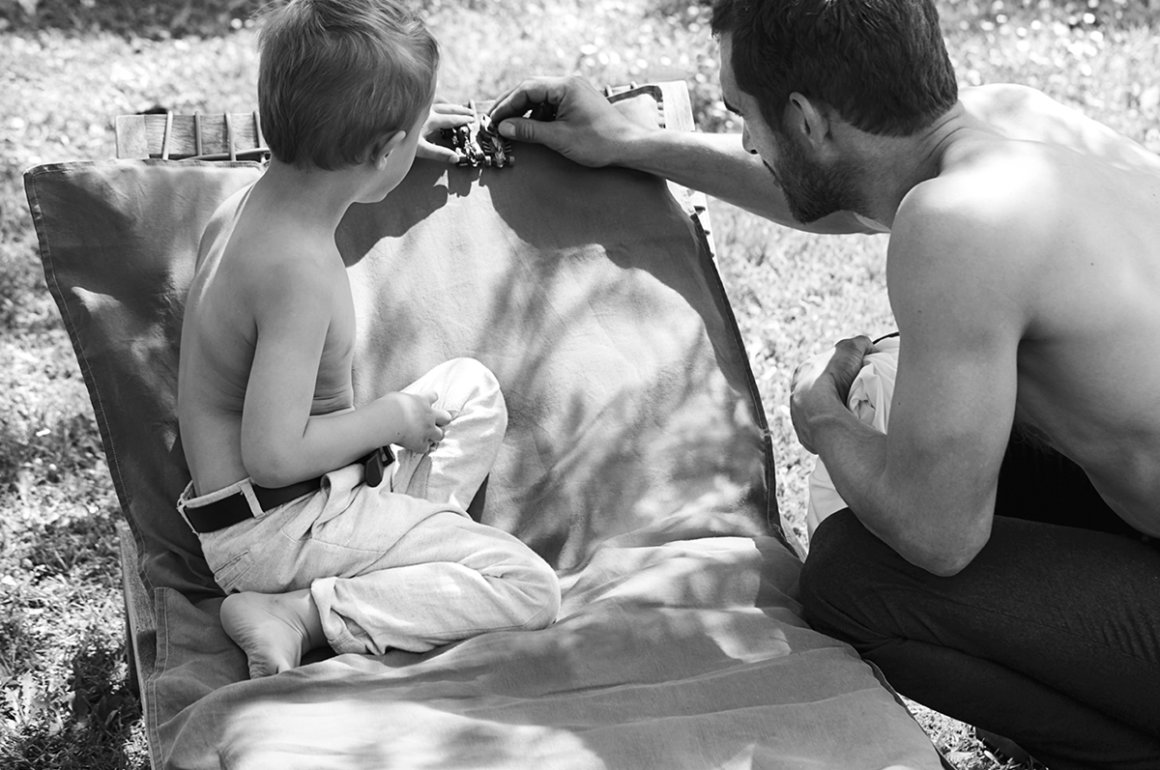
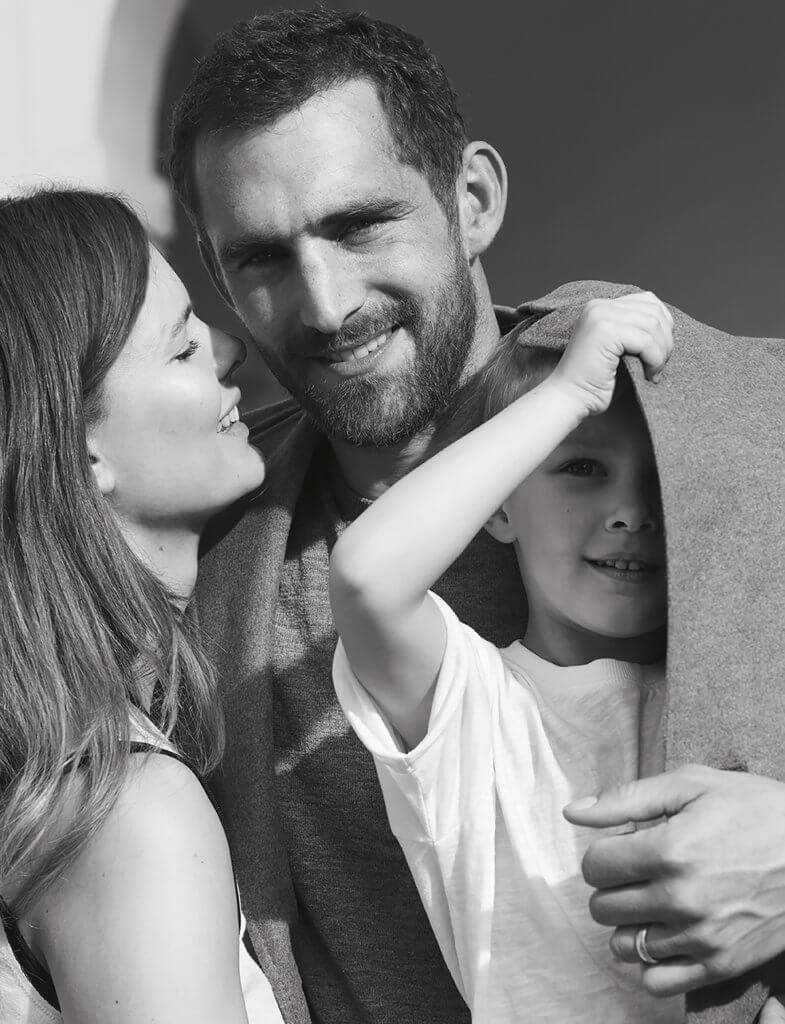

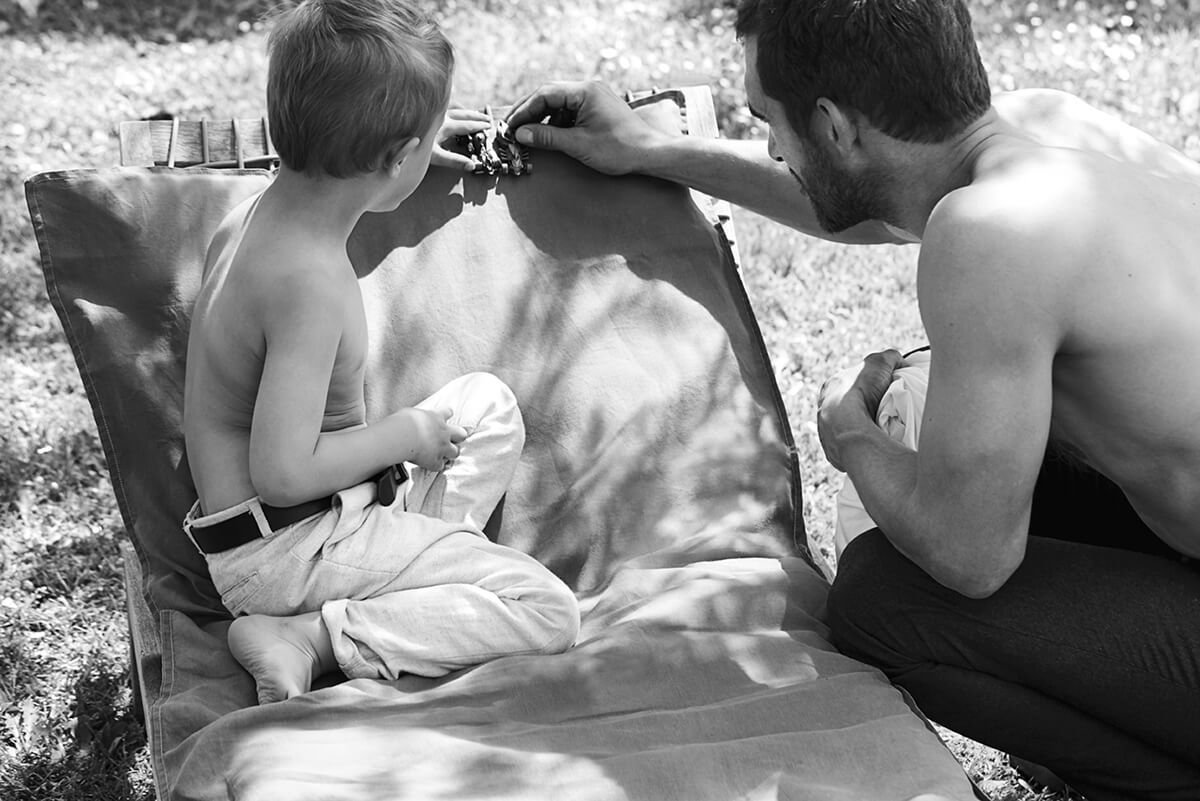
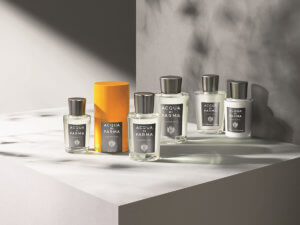

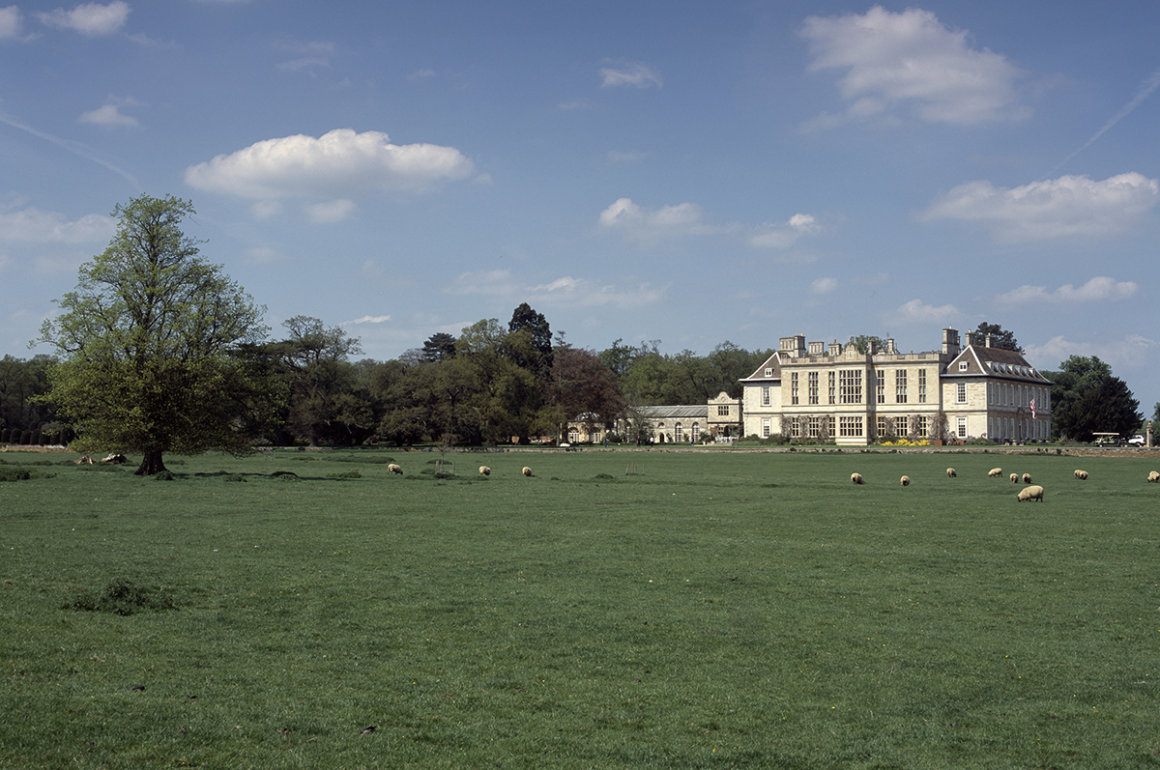
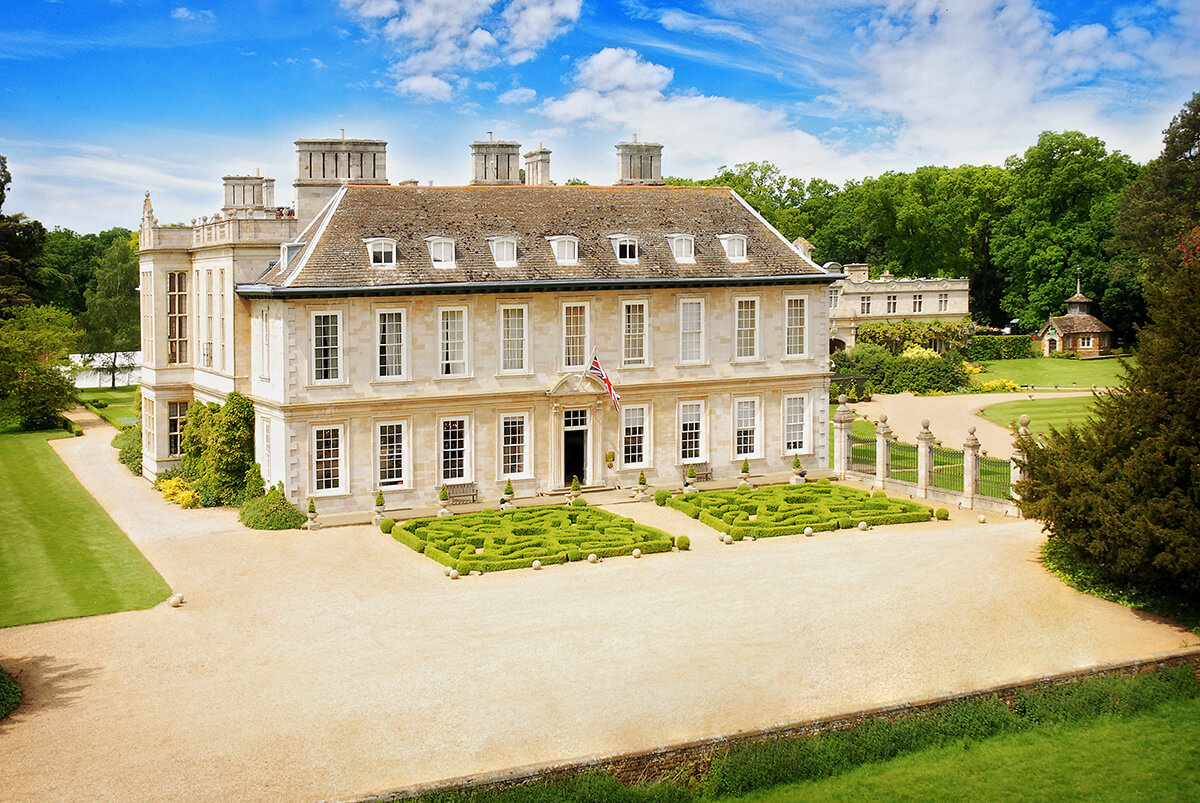
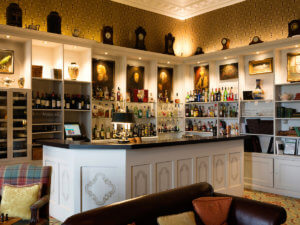
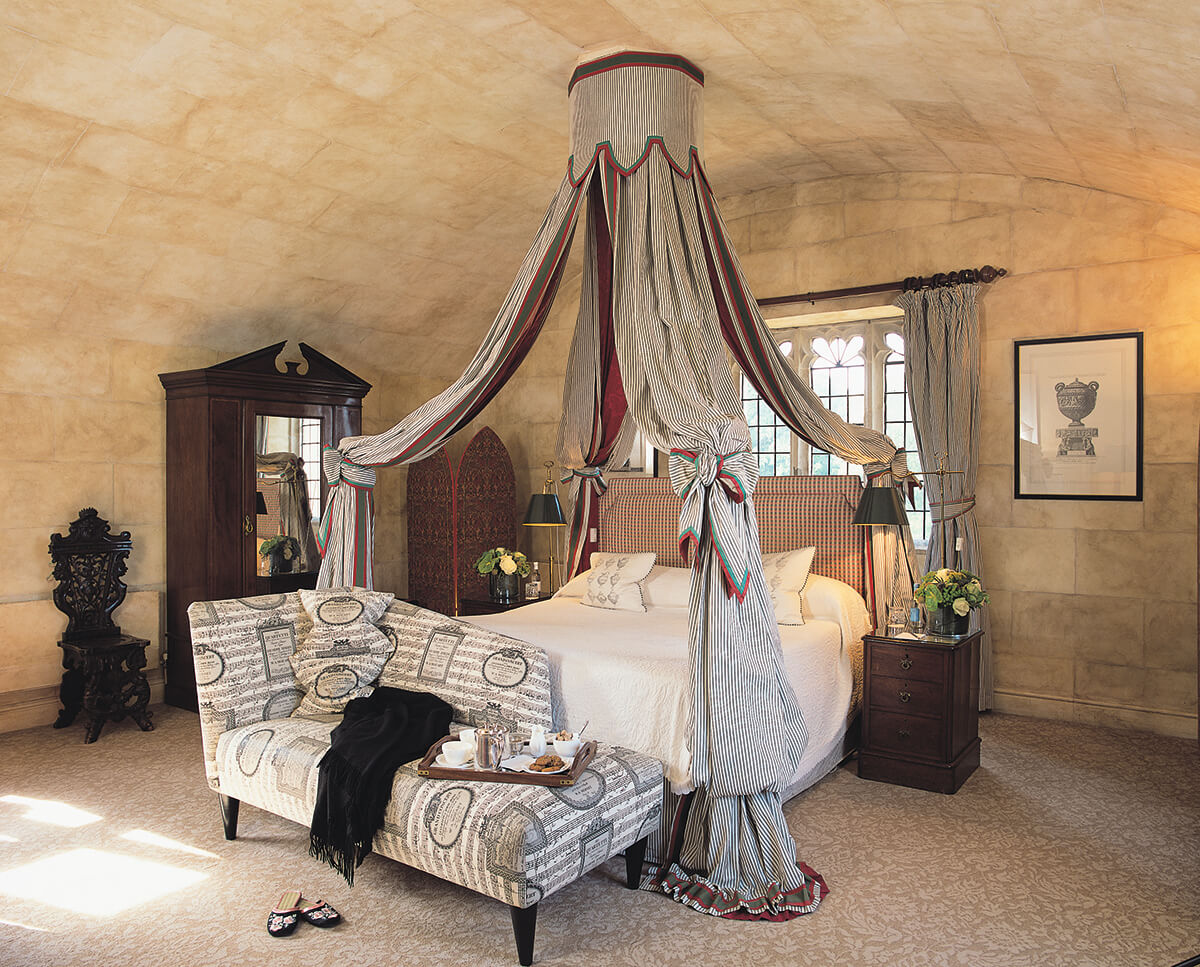
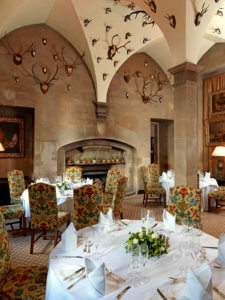
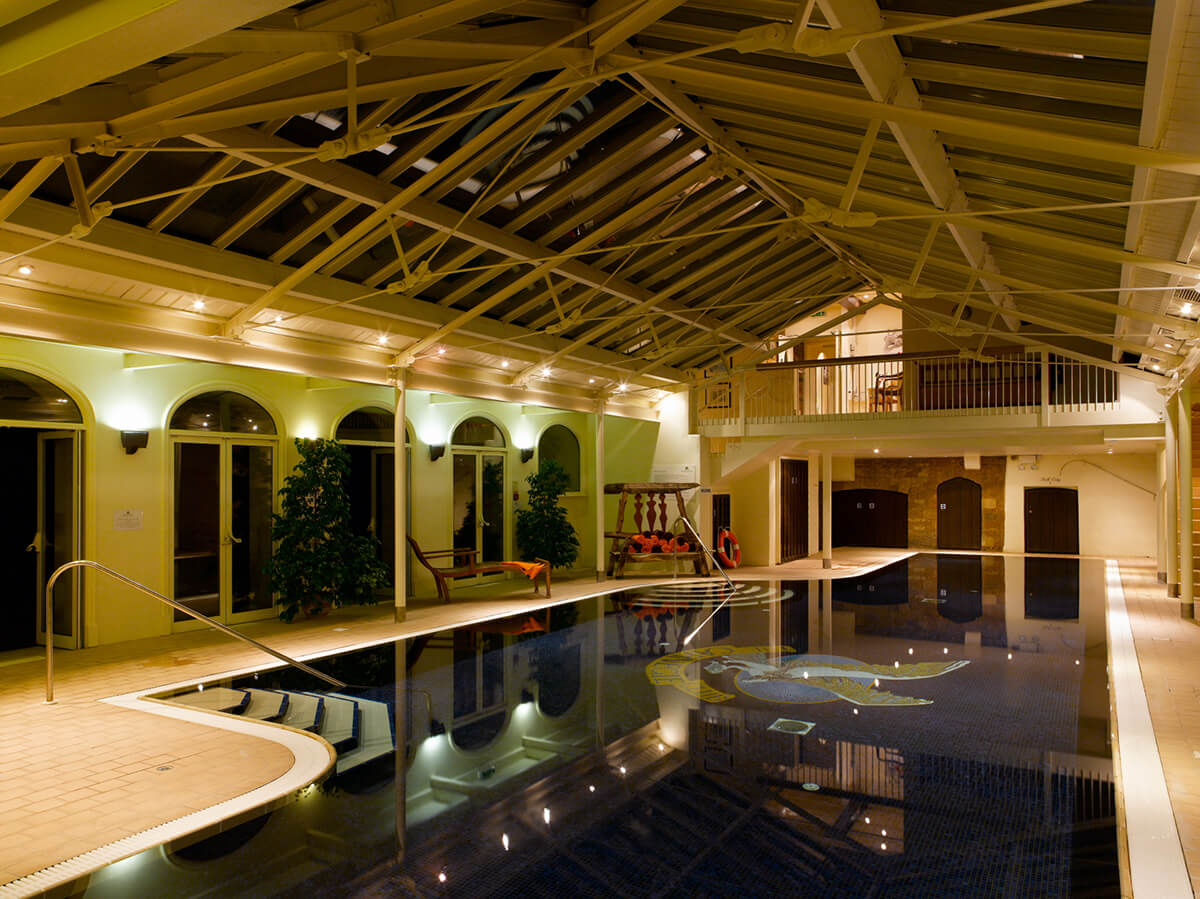
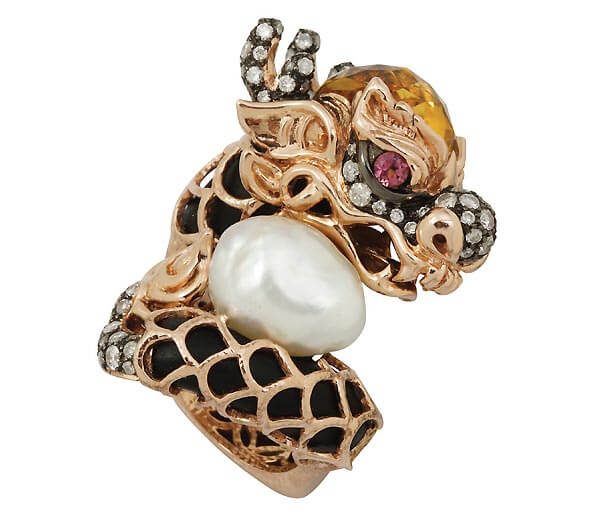






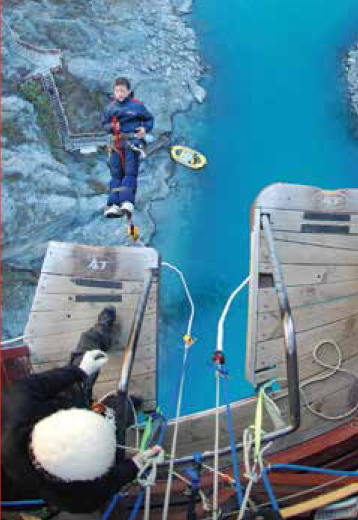
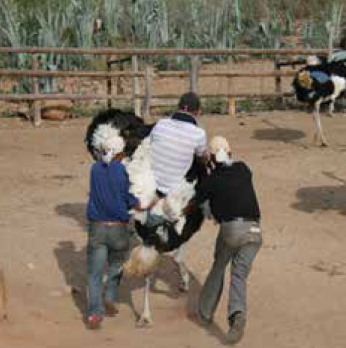
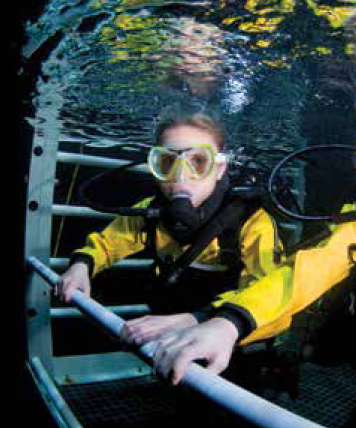
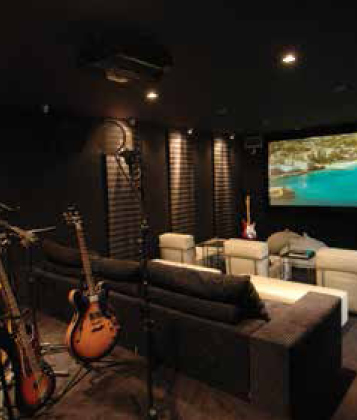
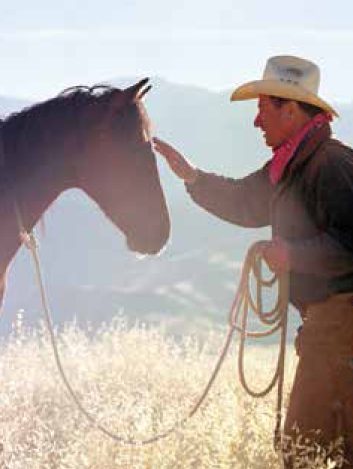




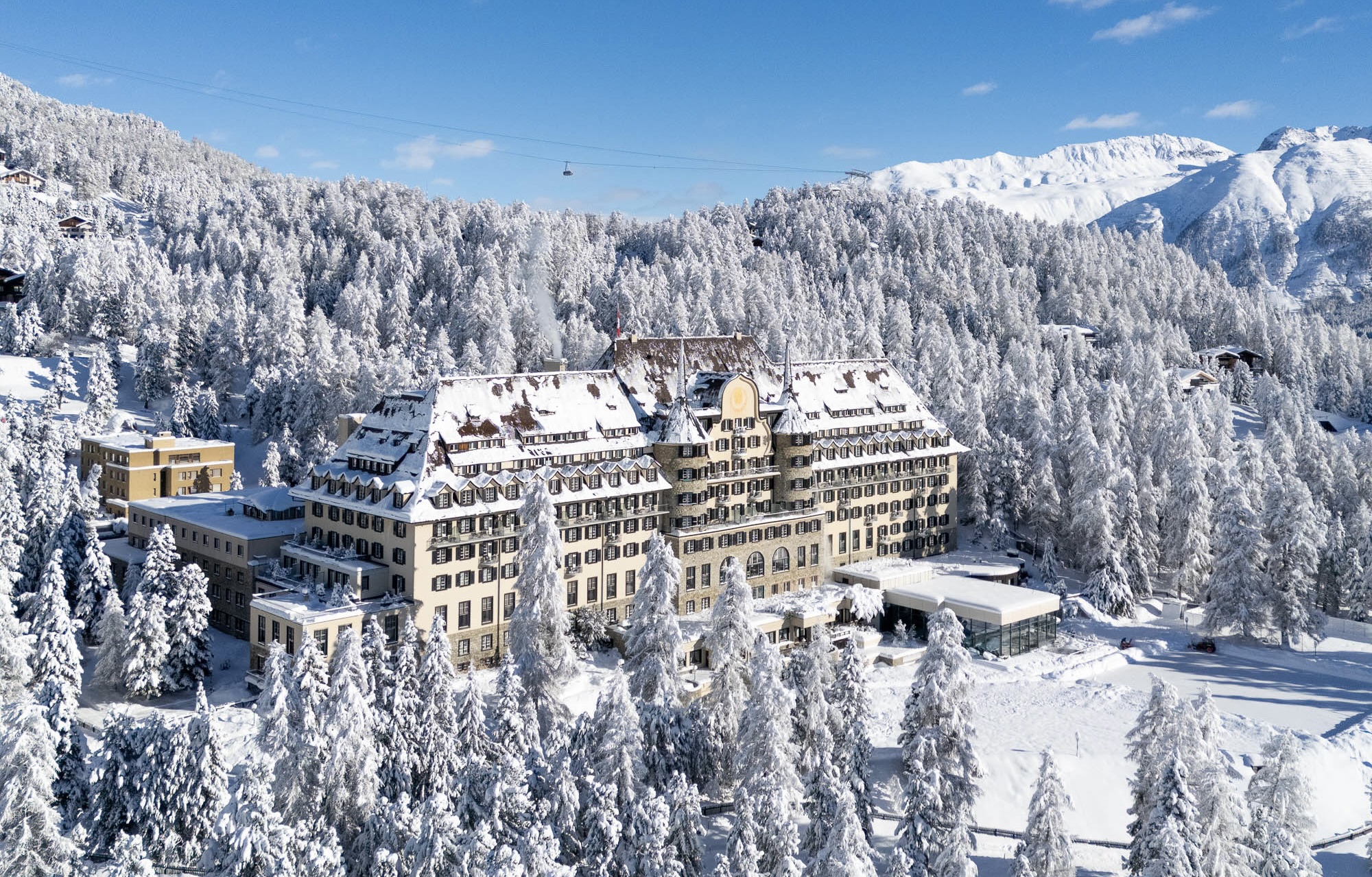
Recent Comments